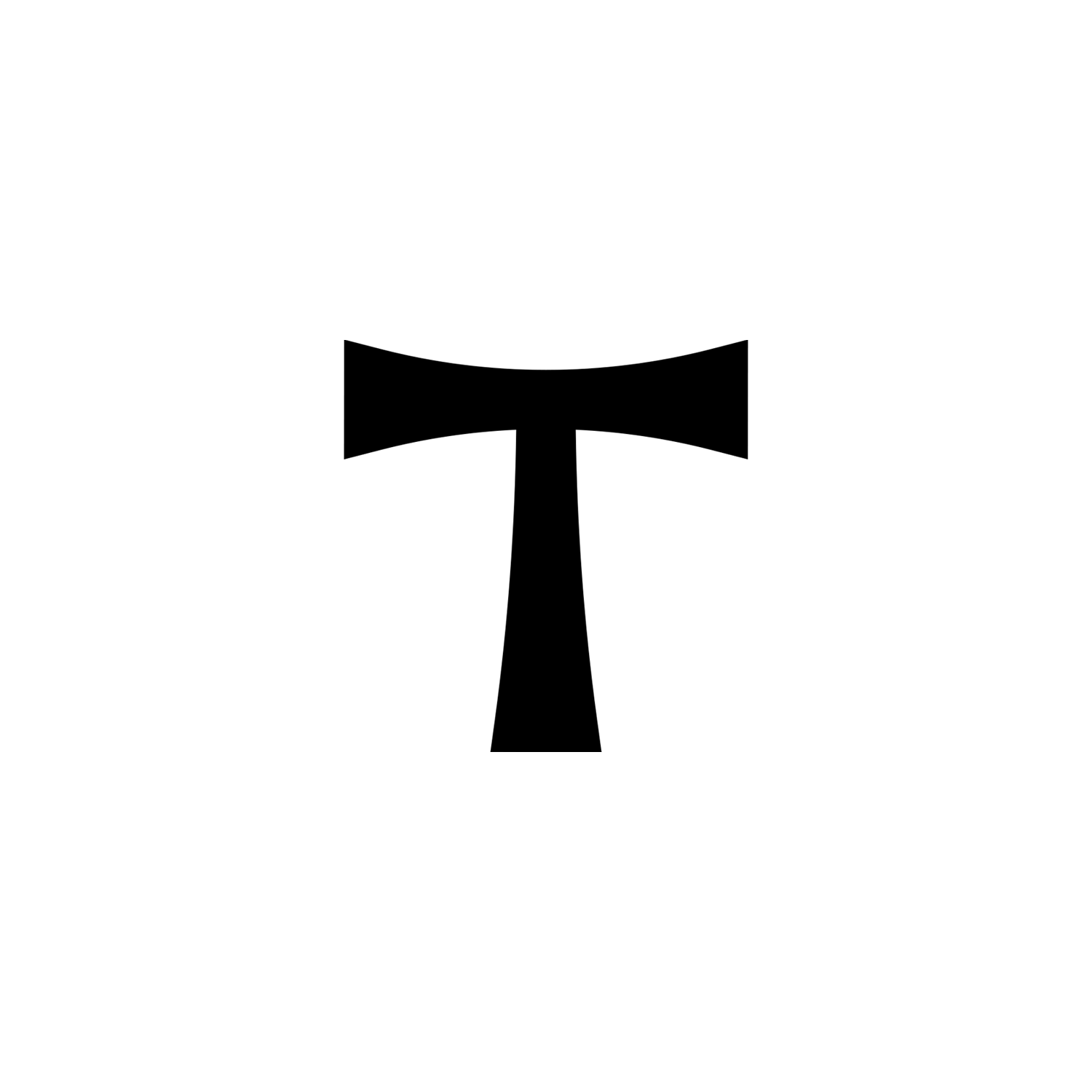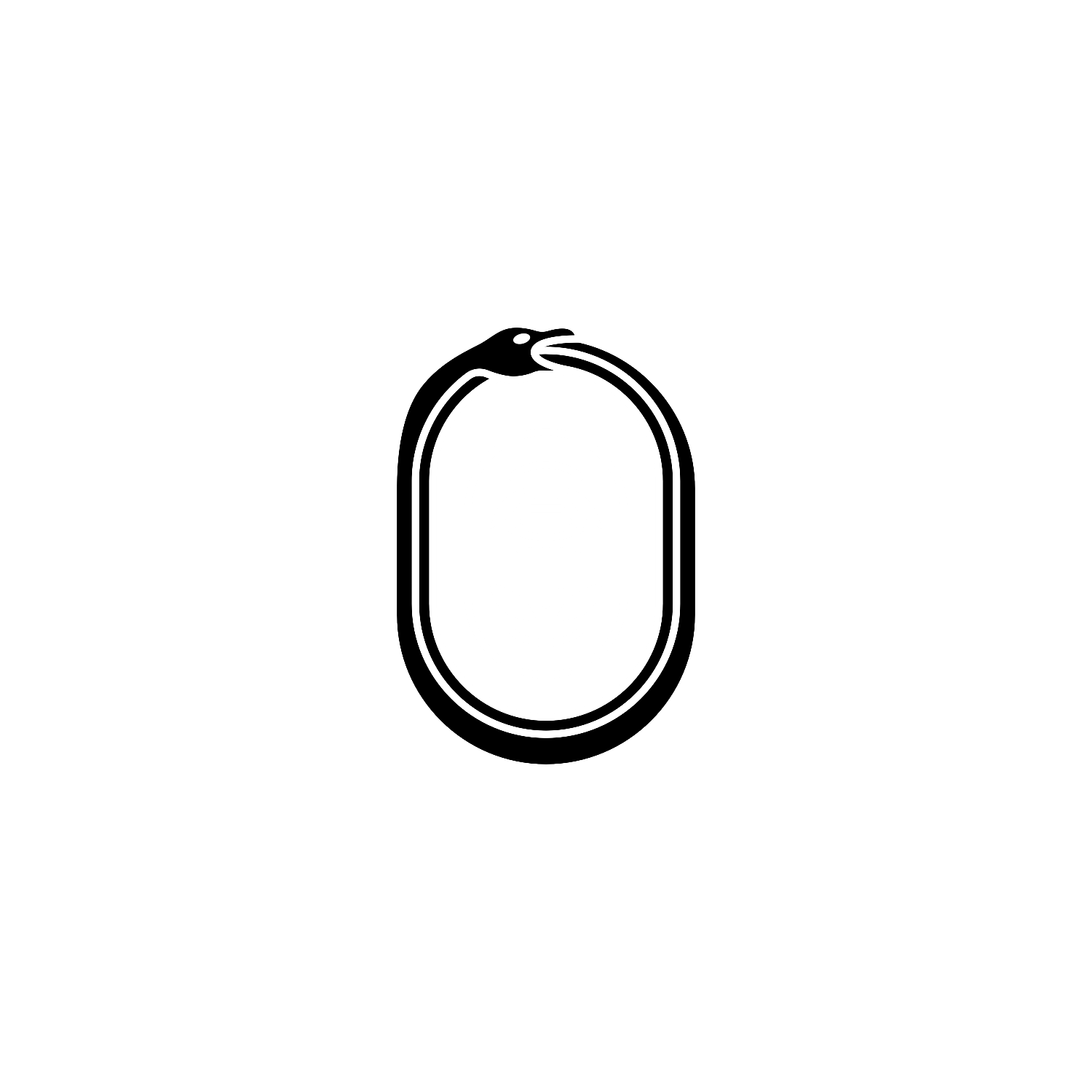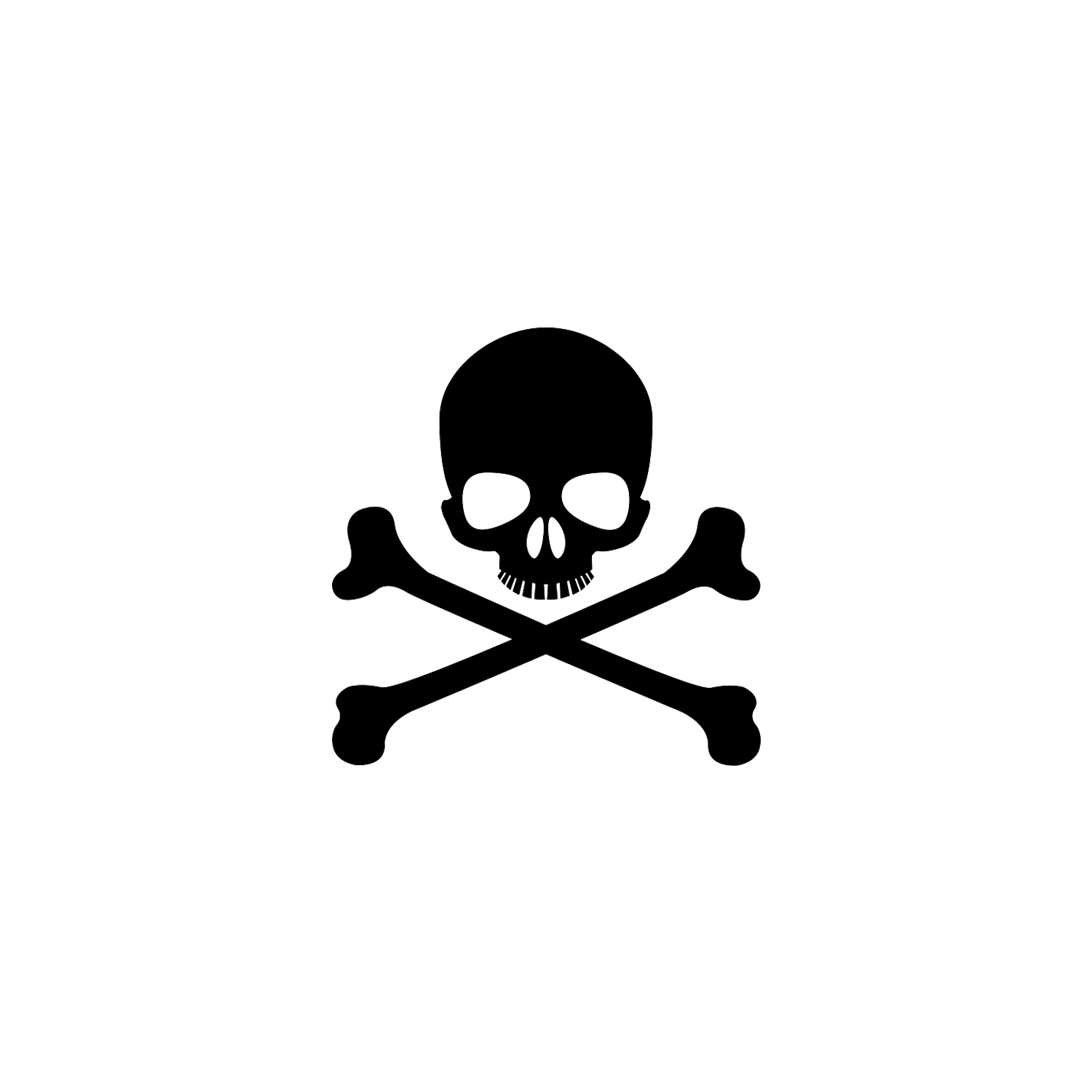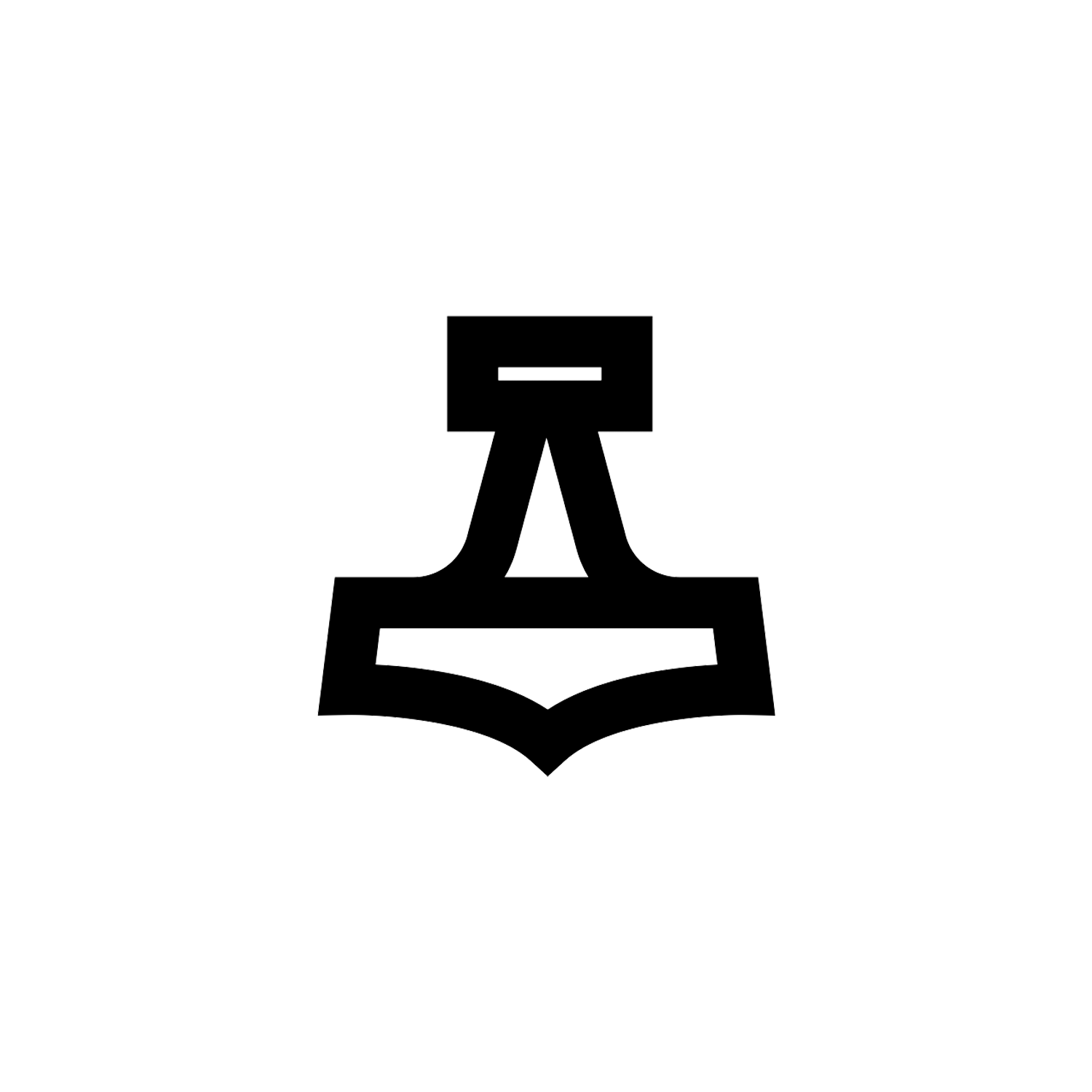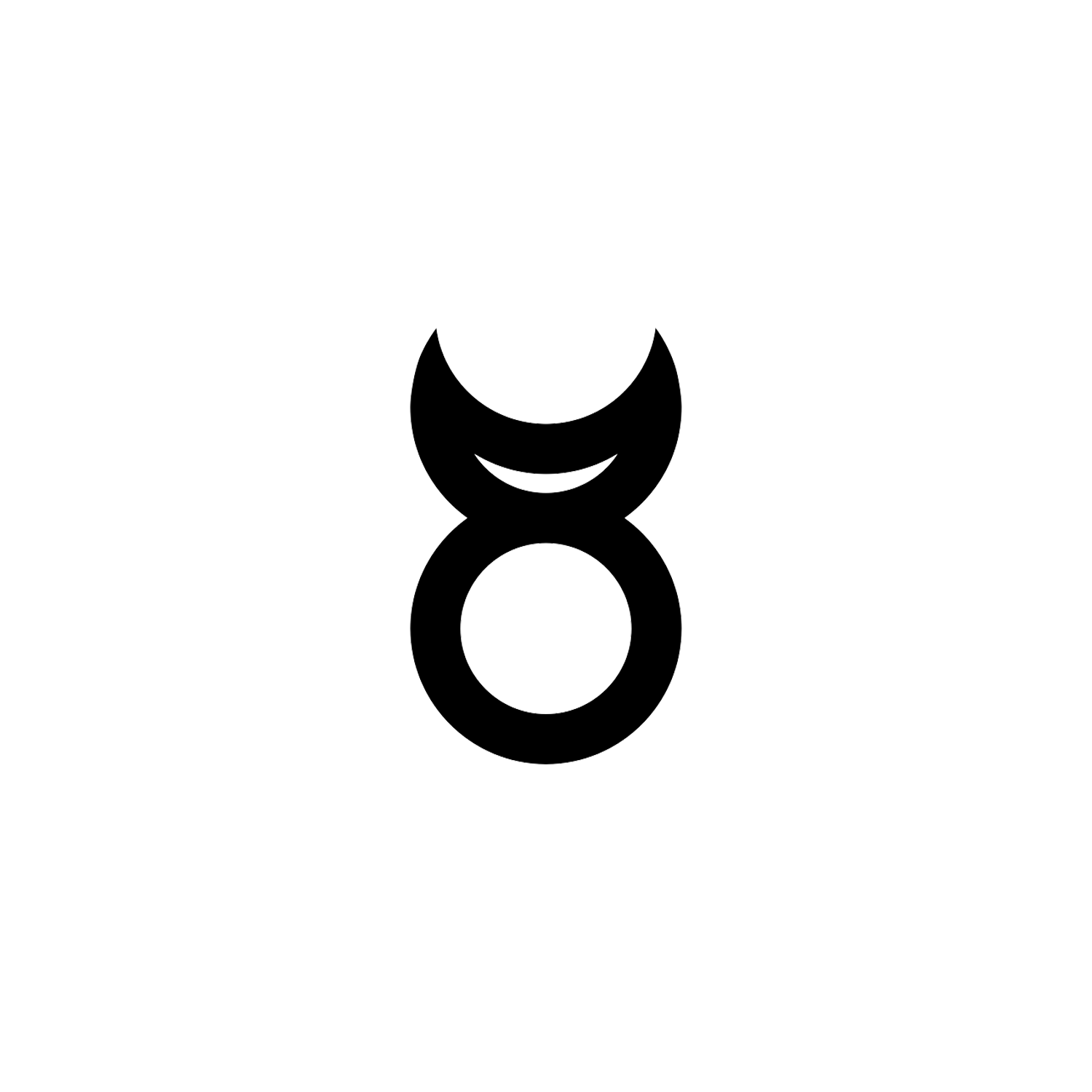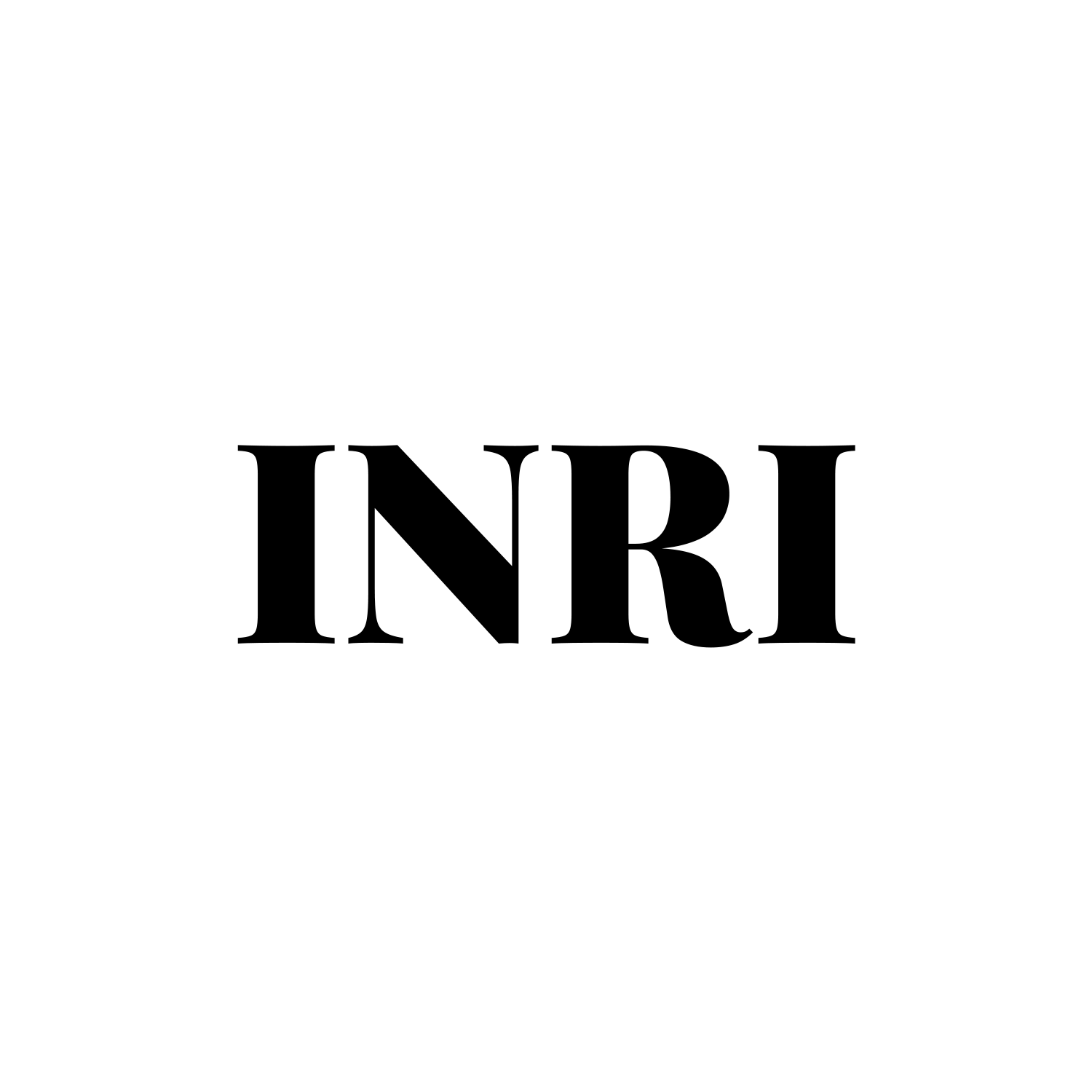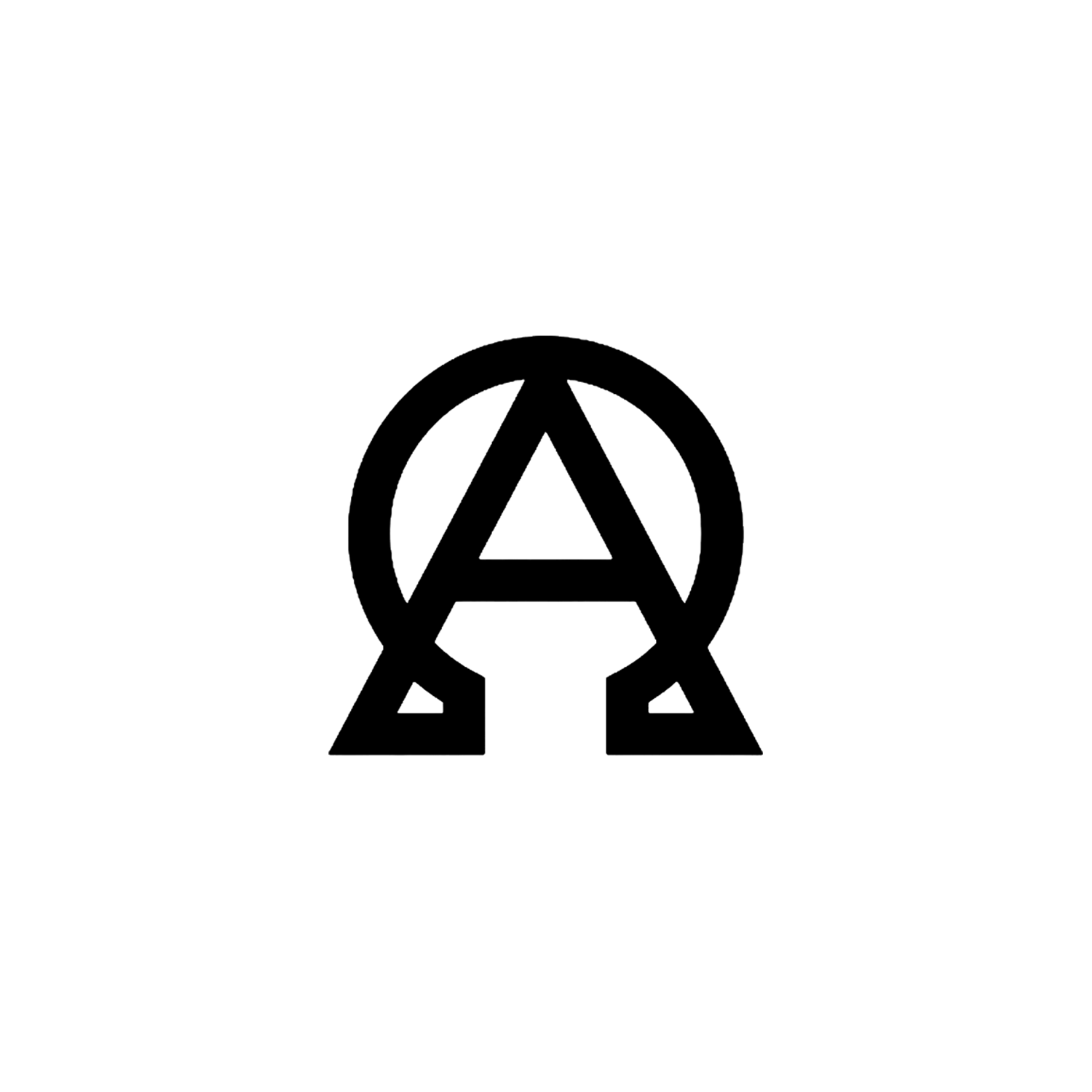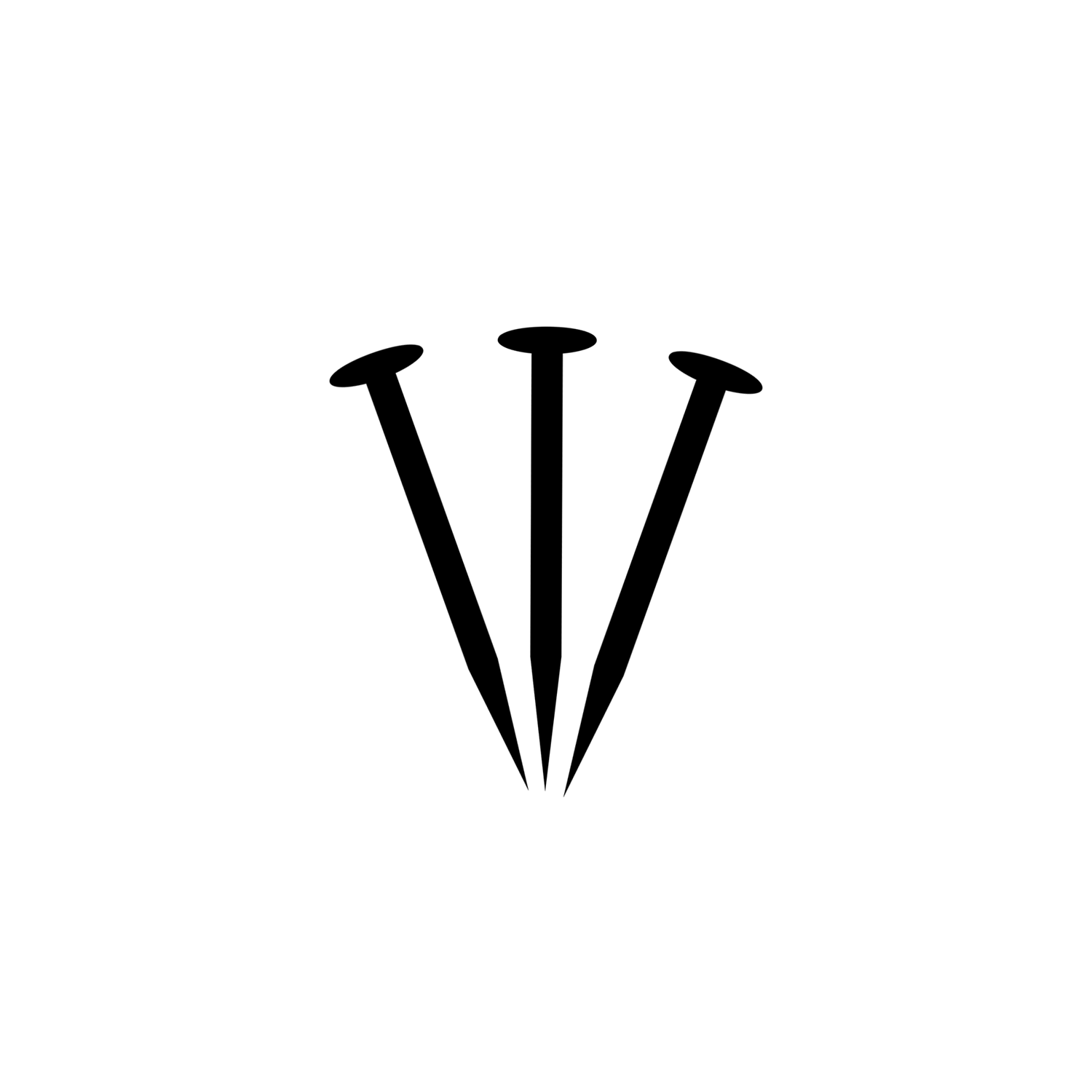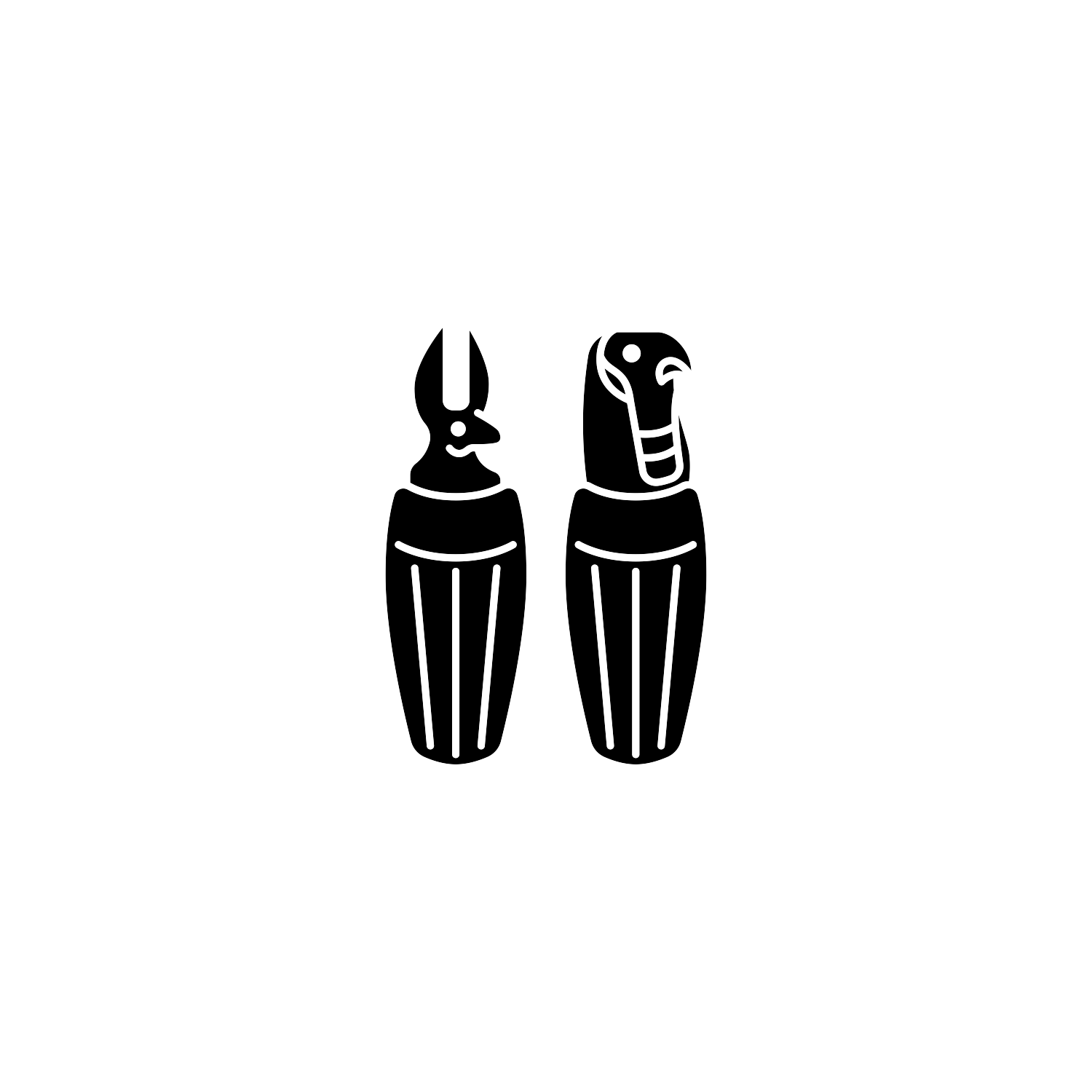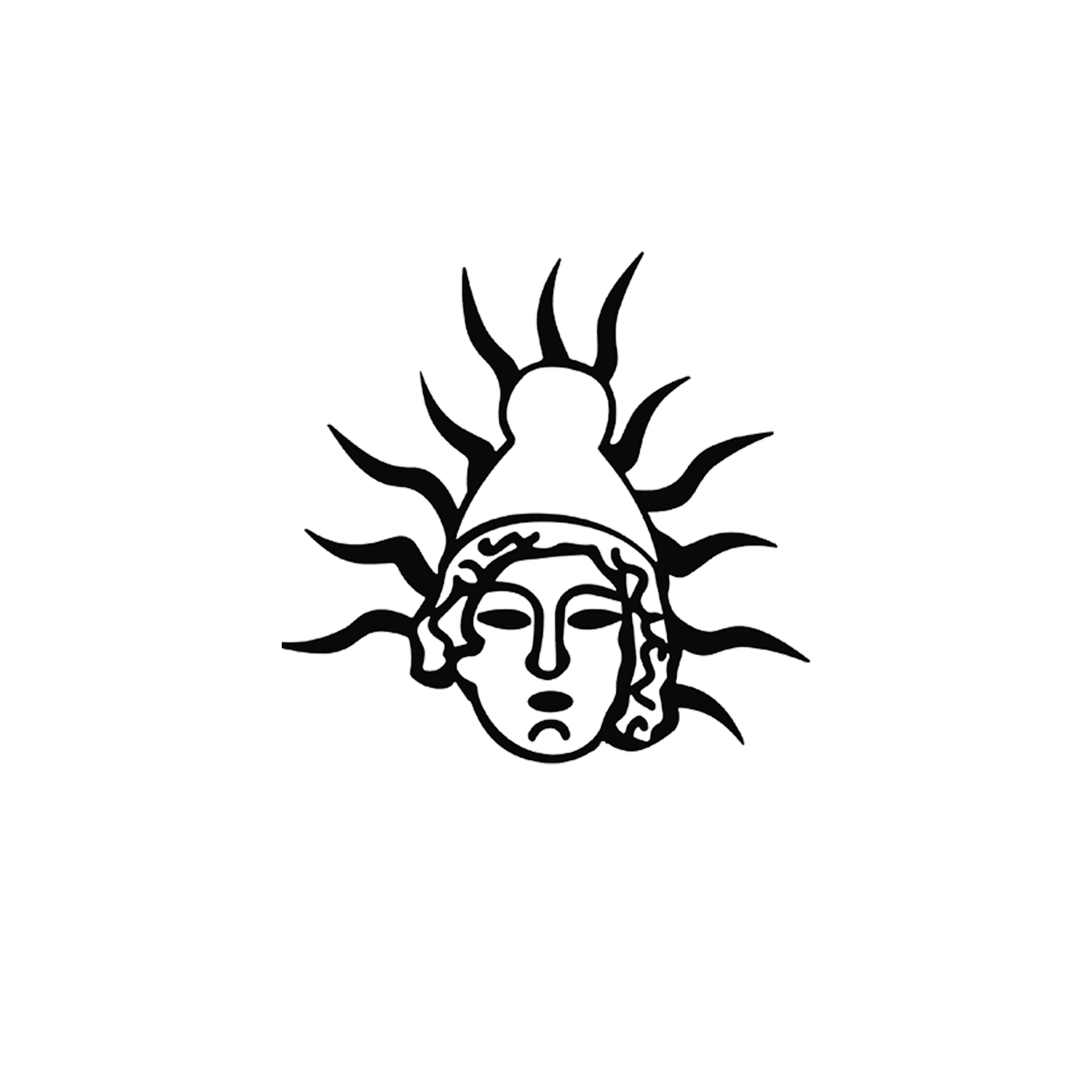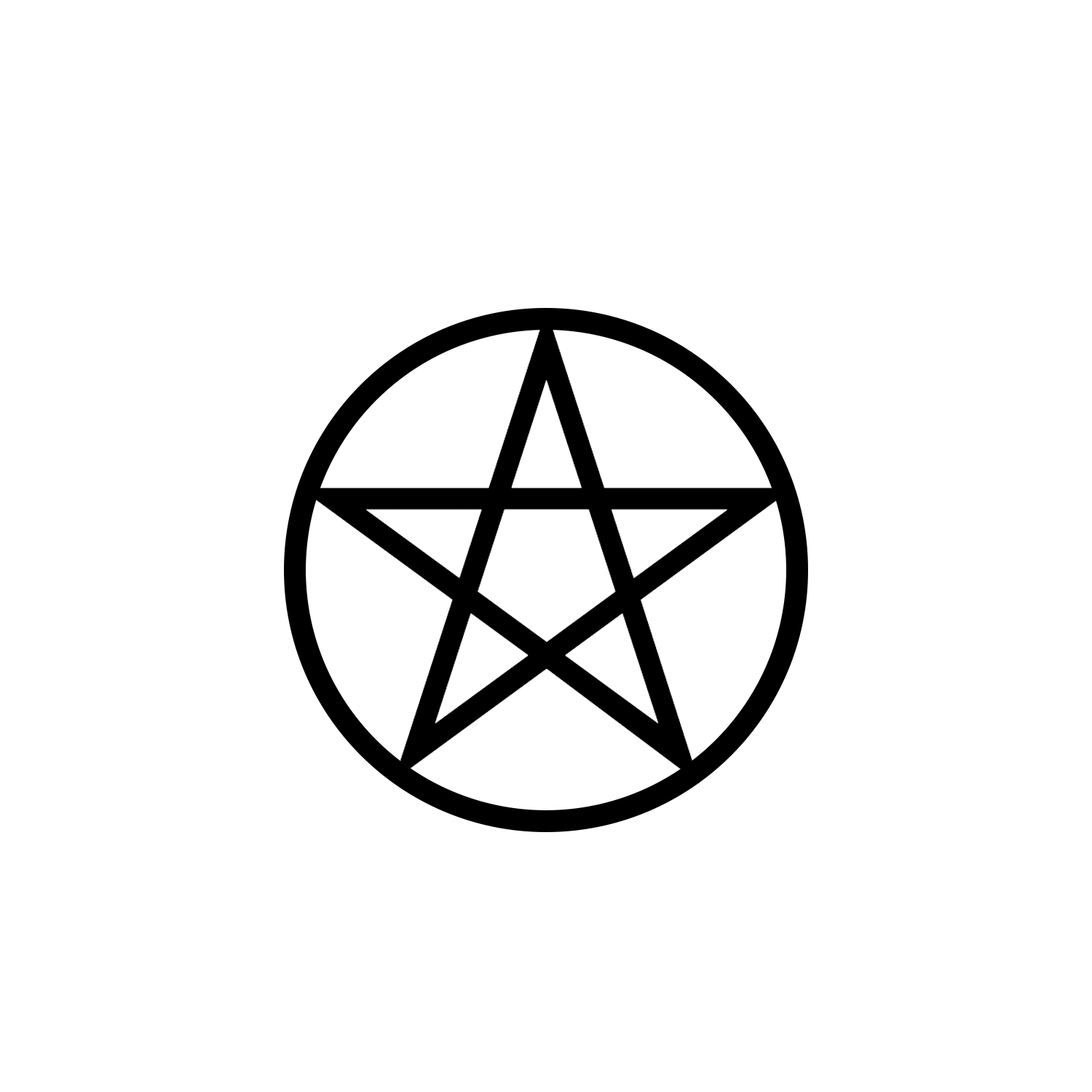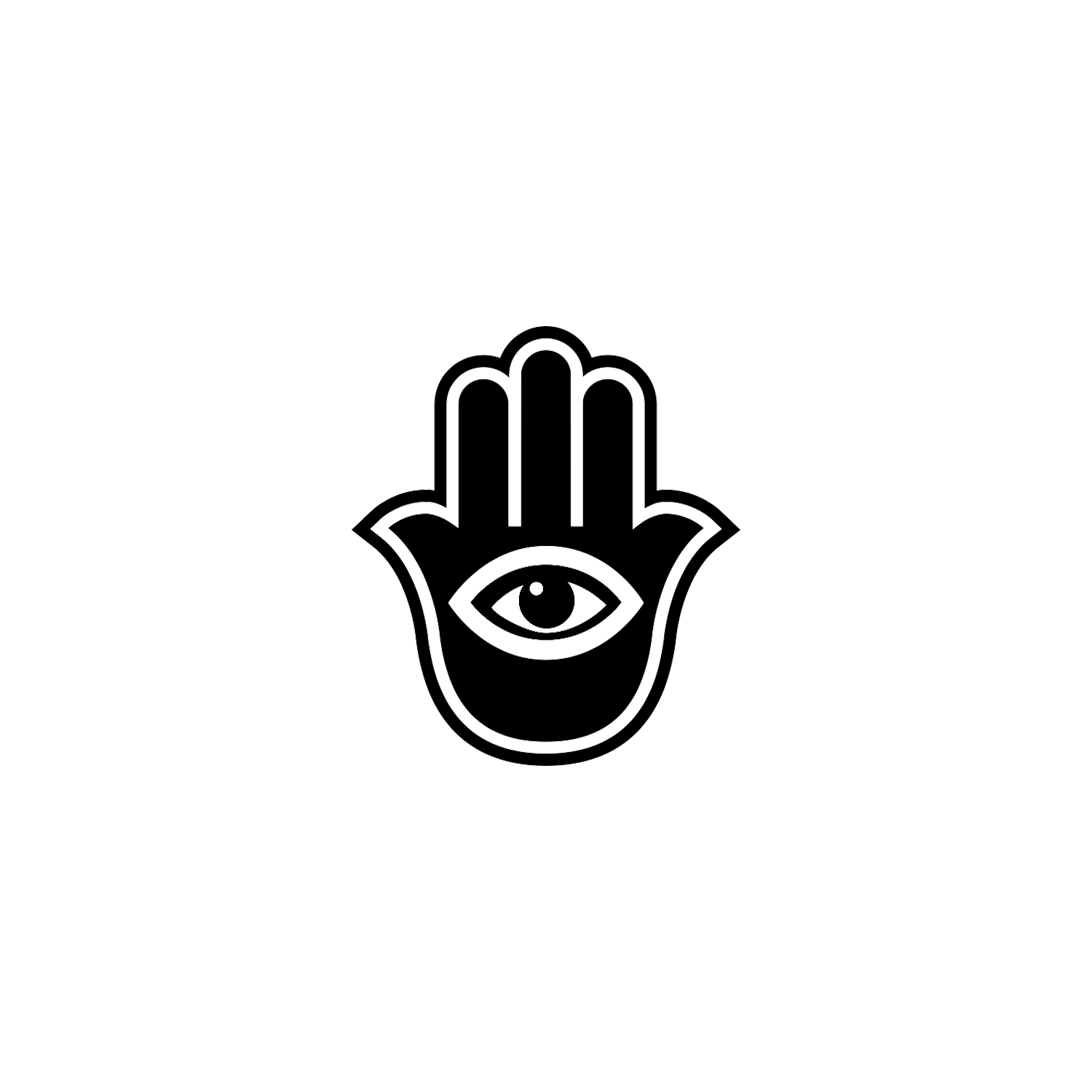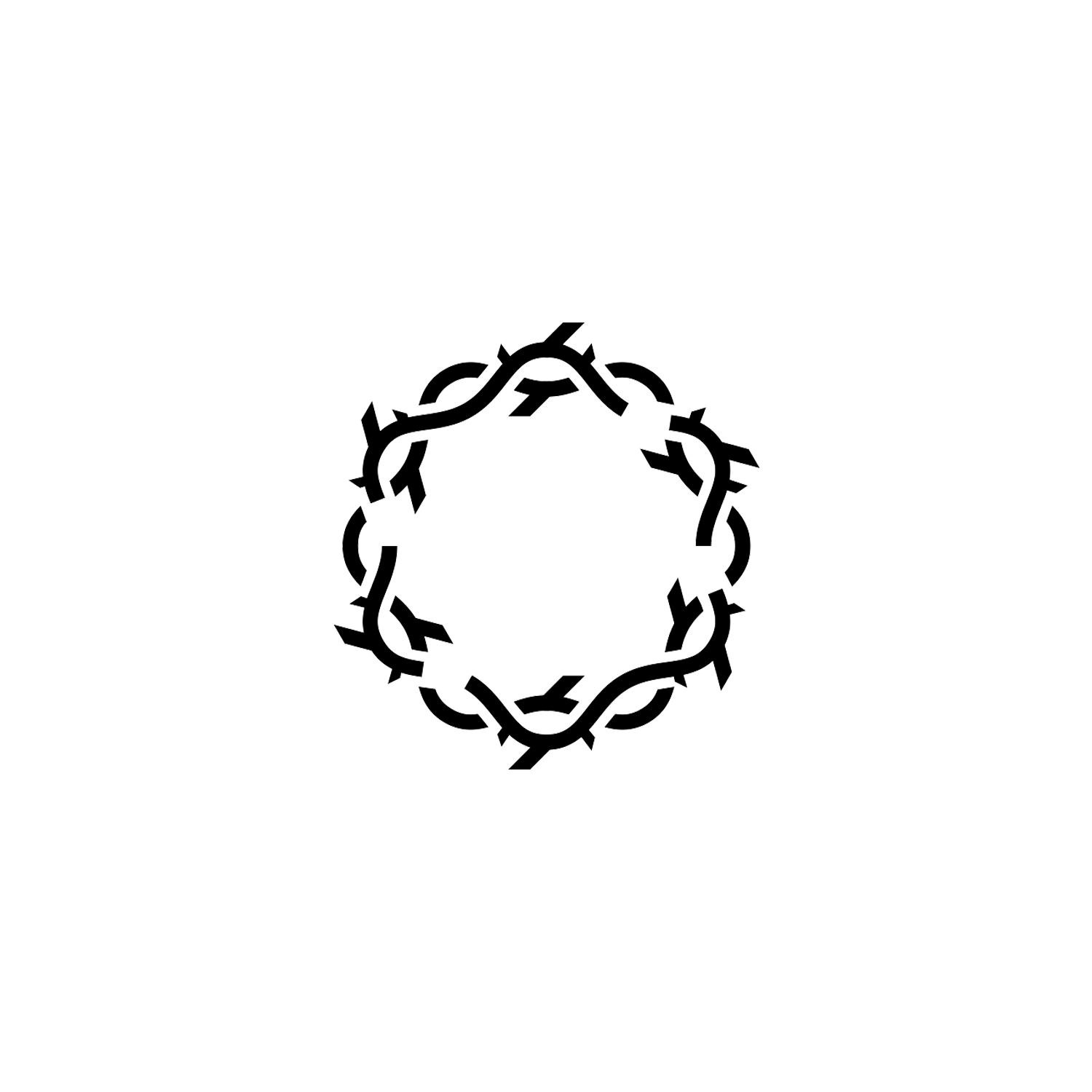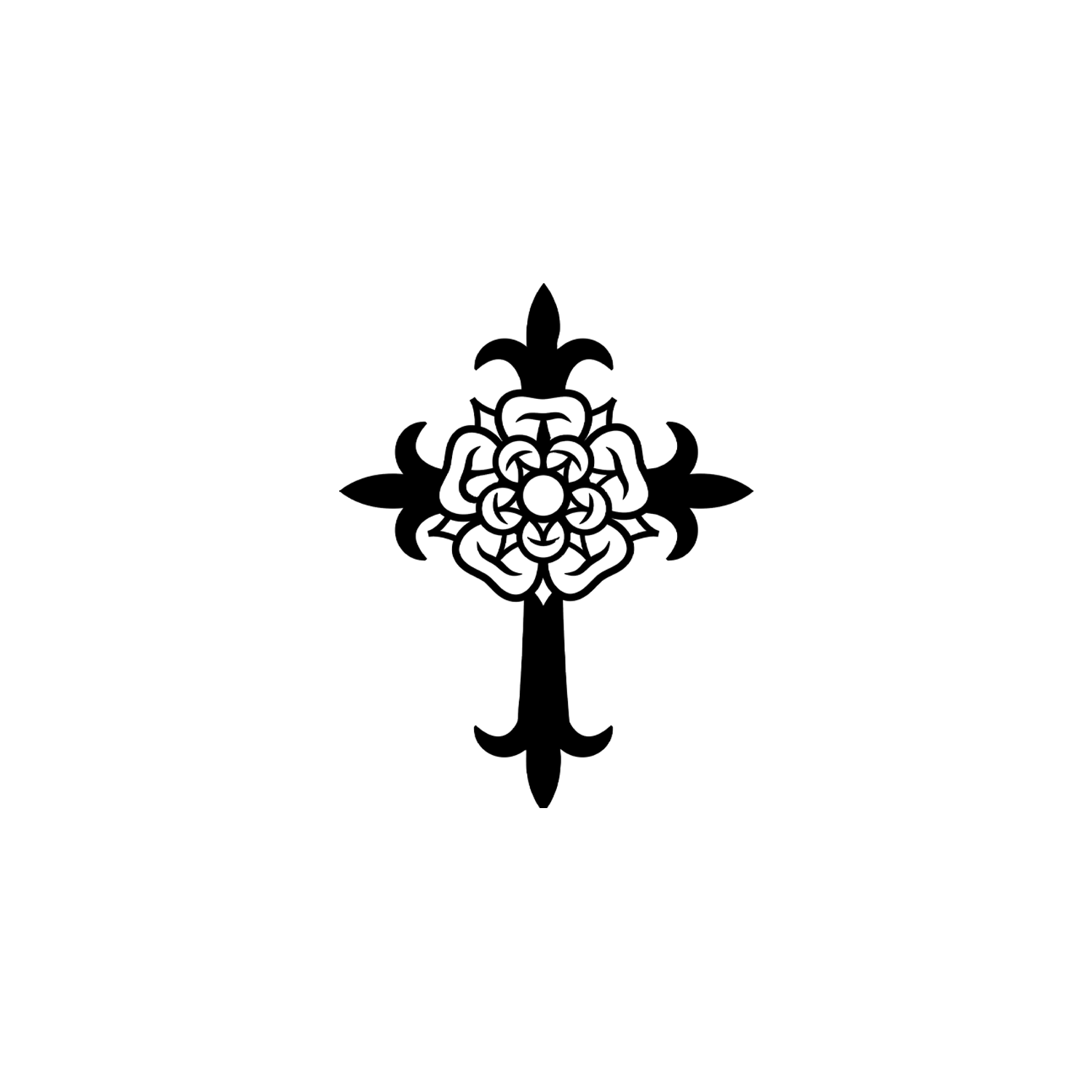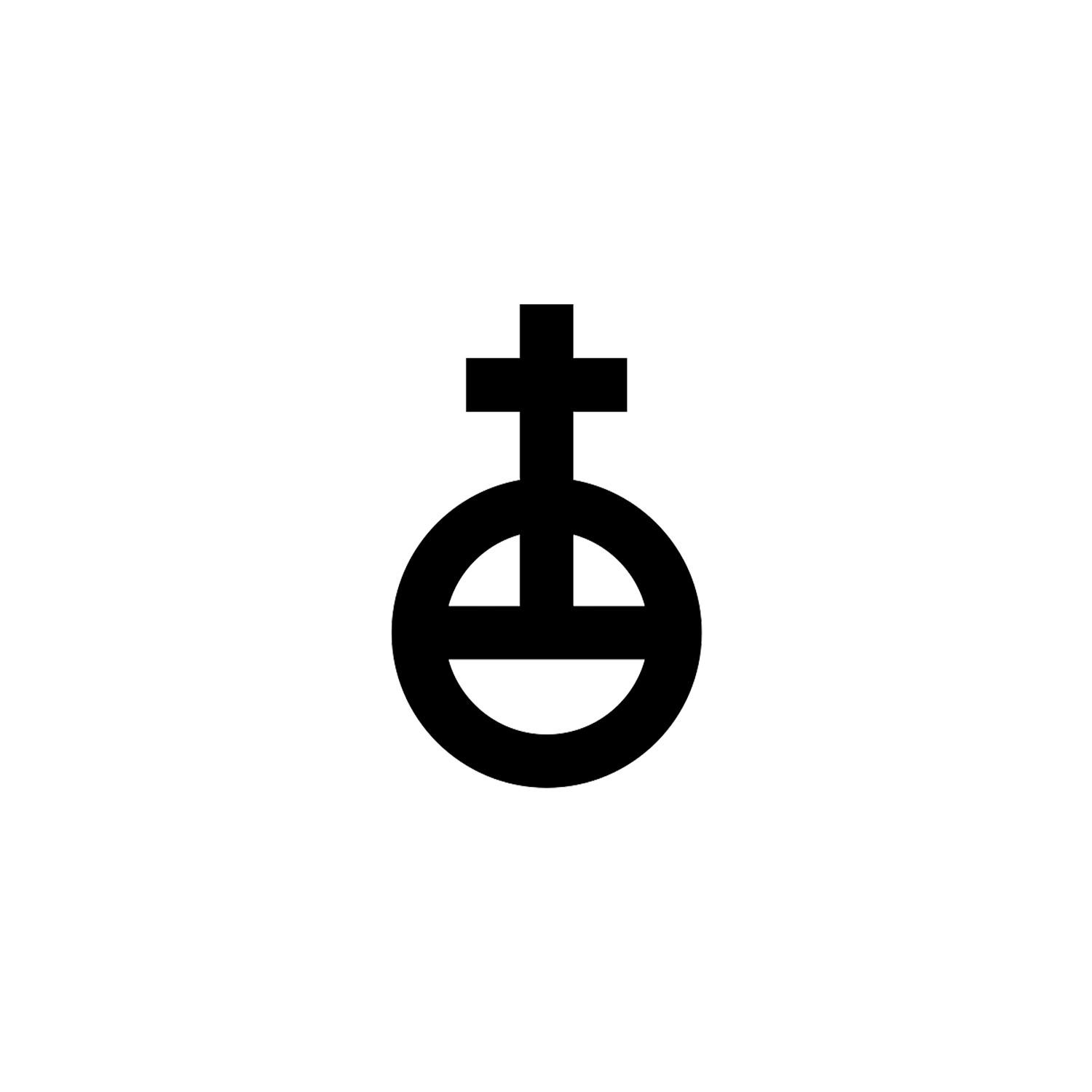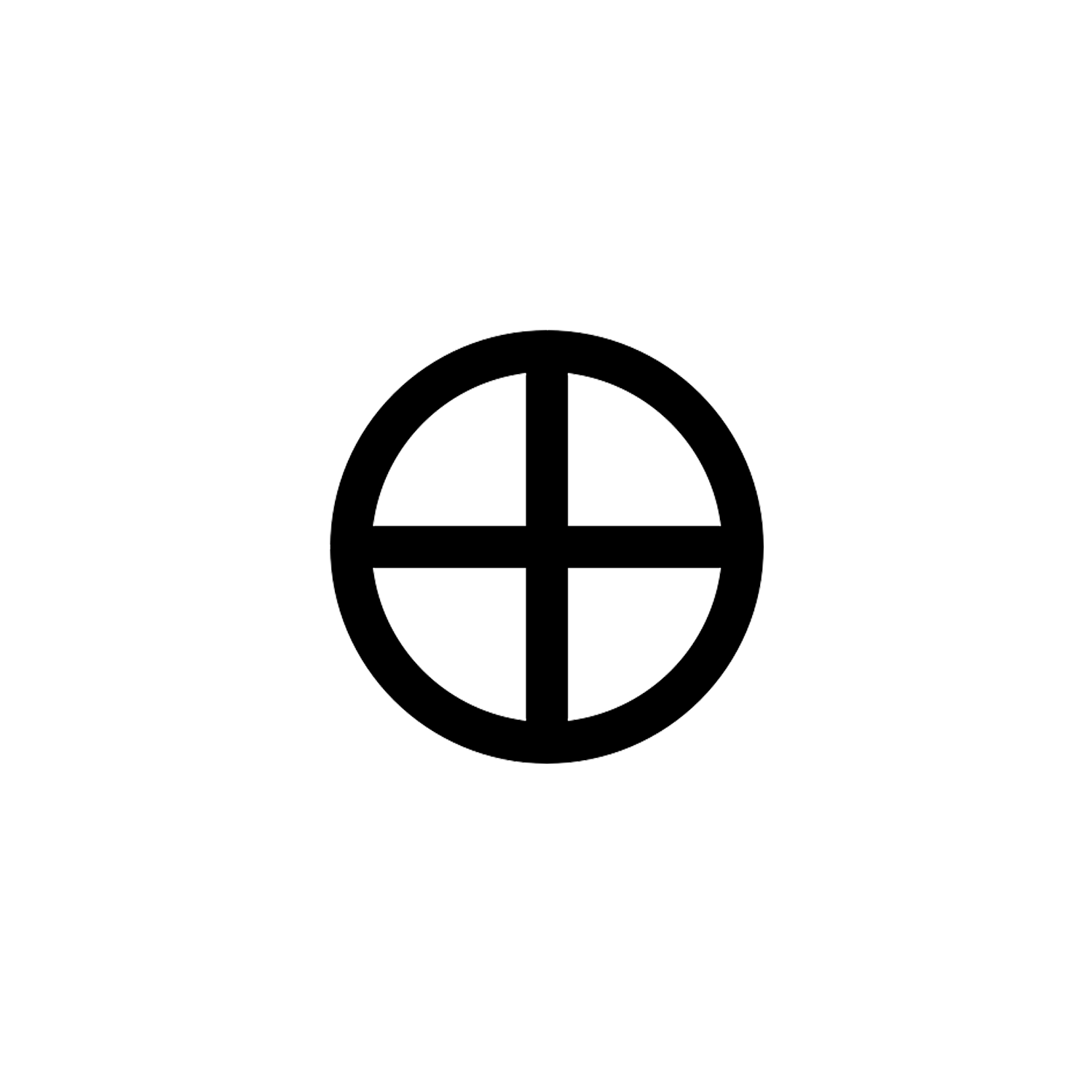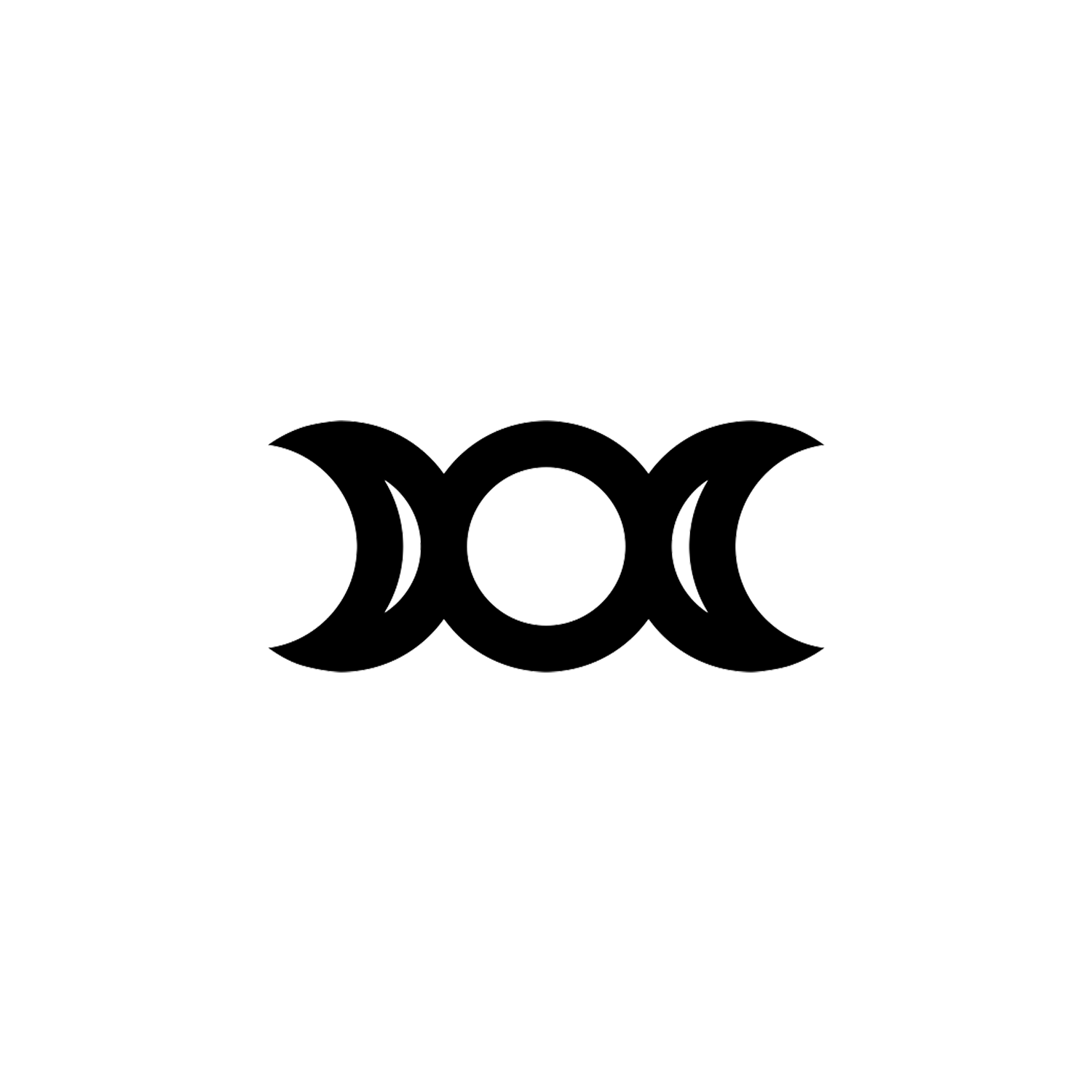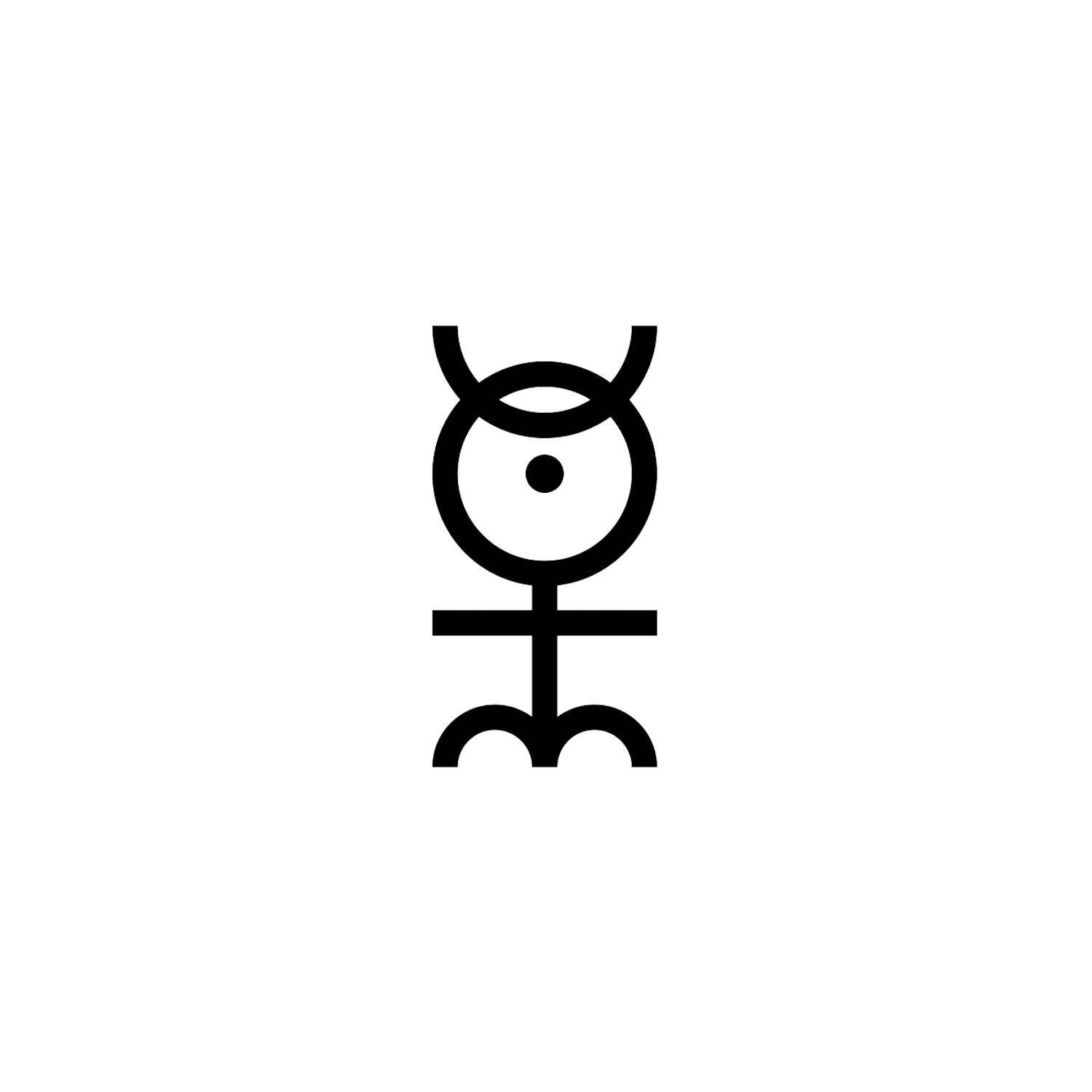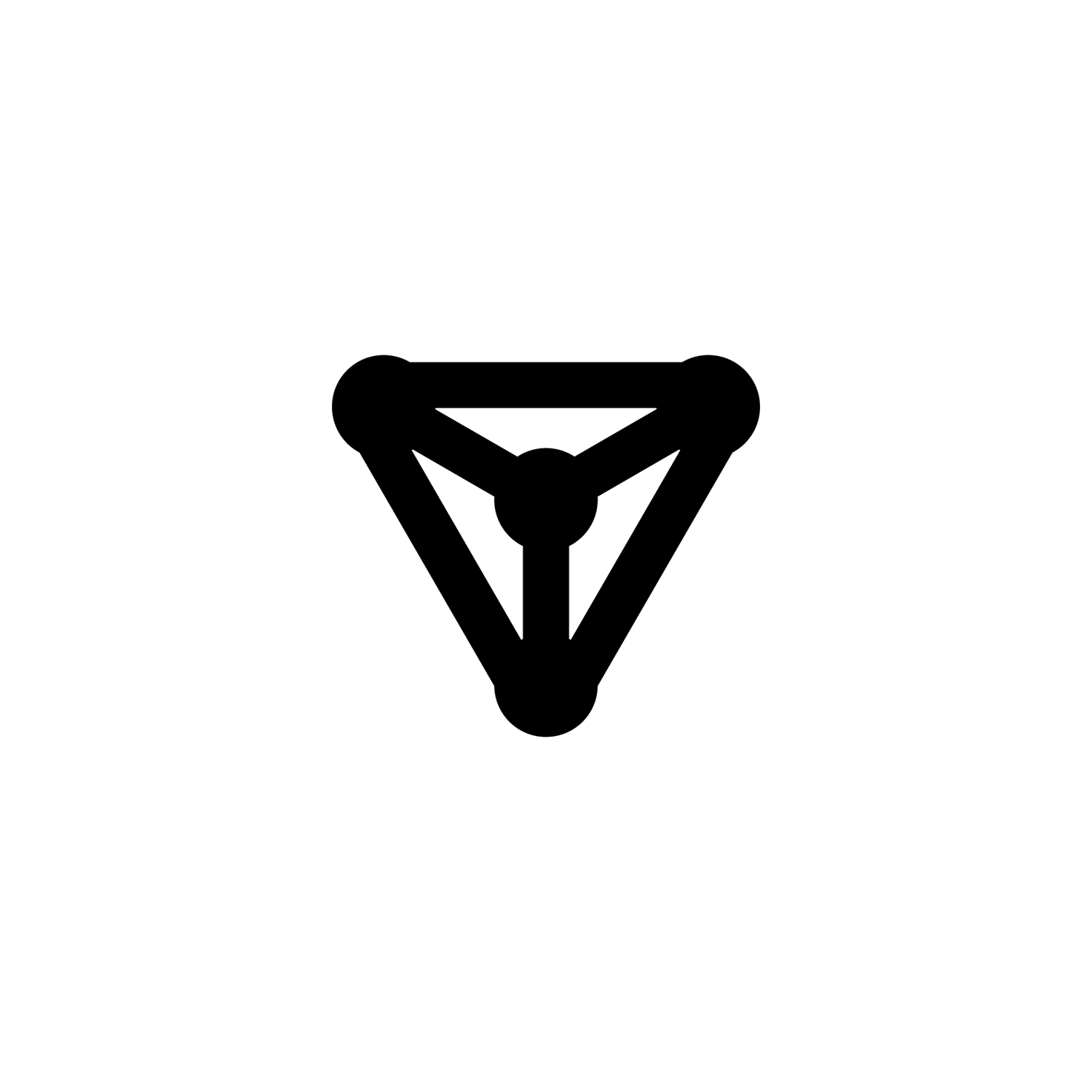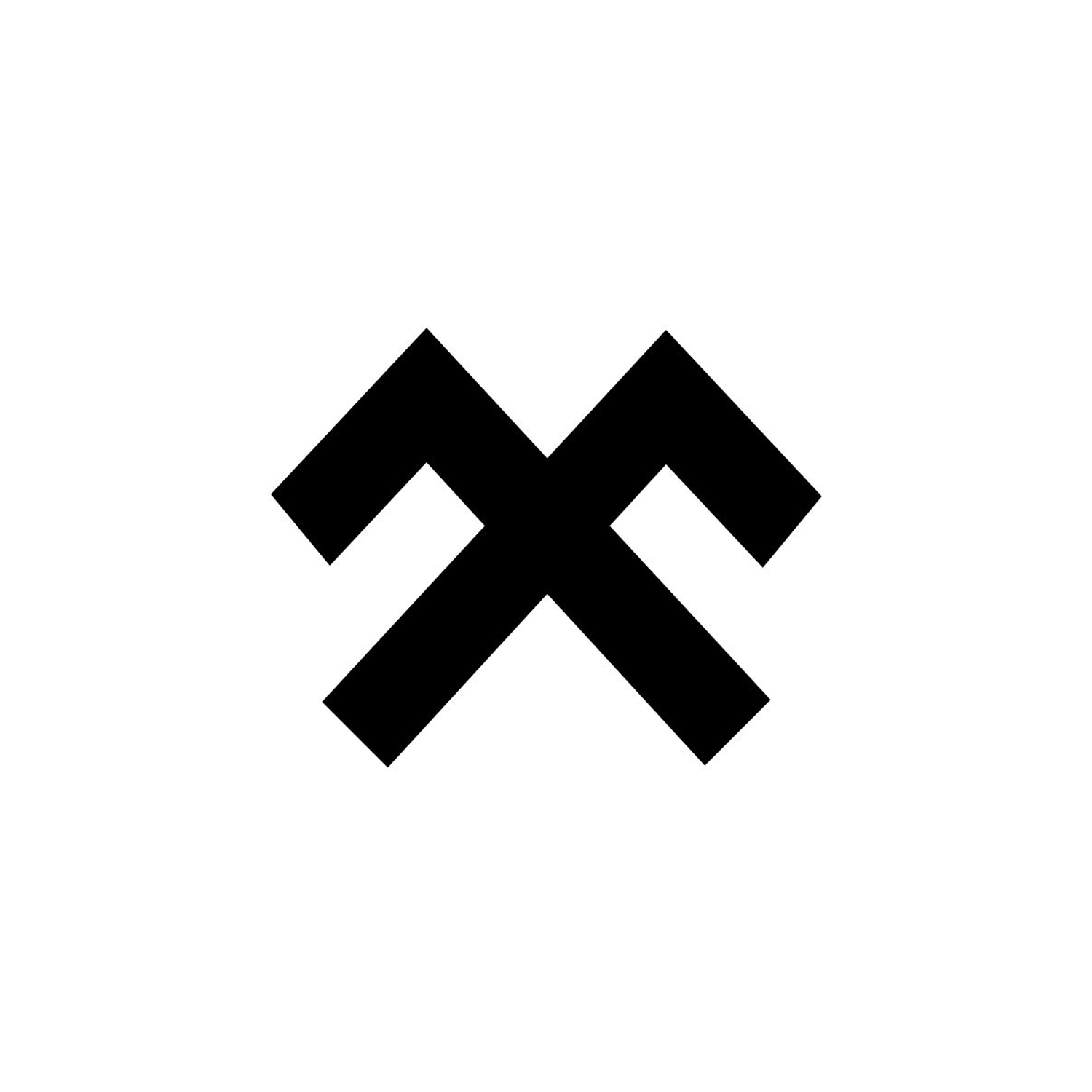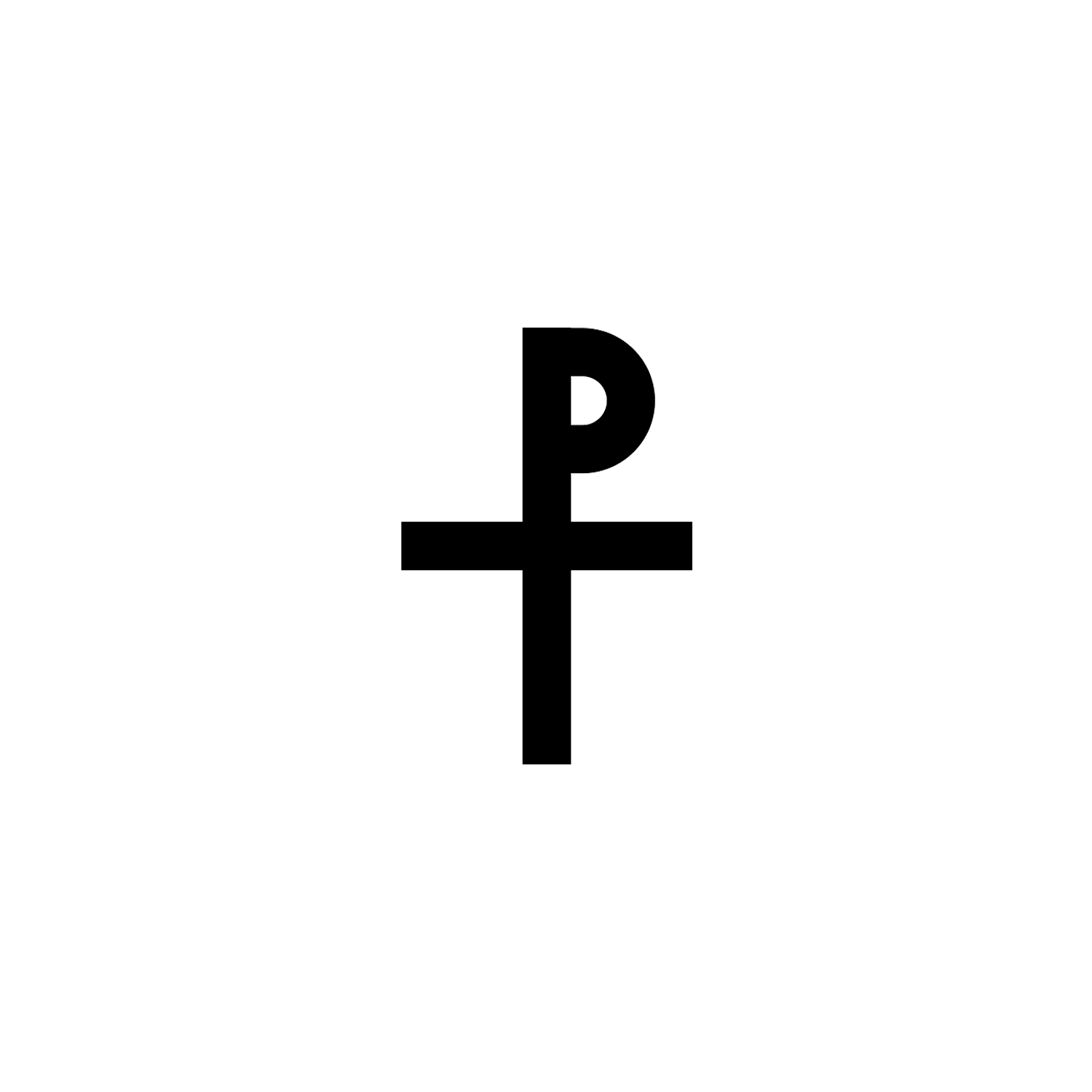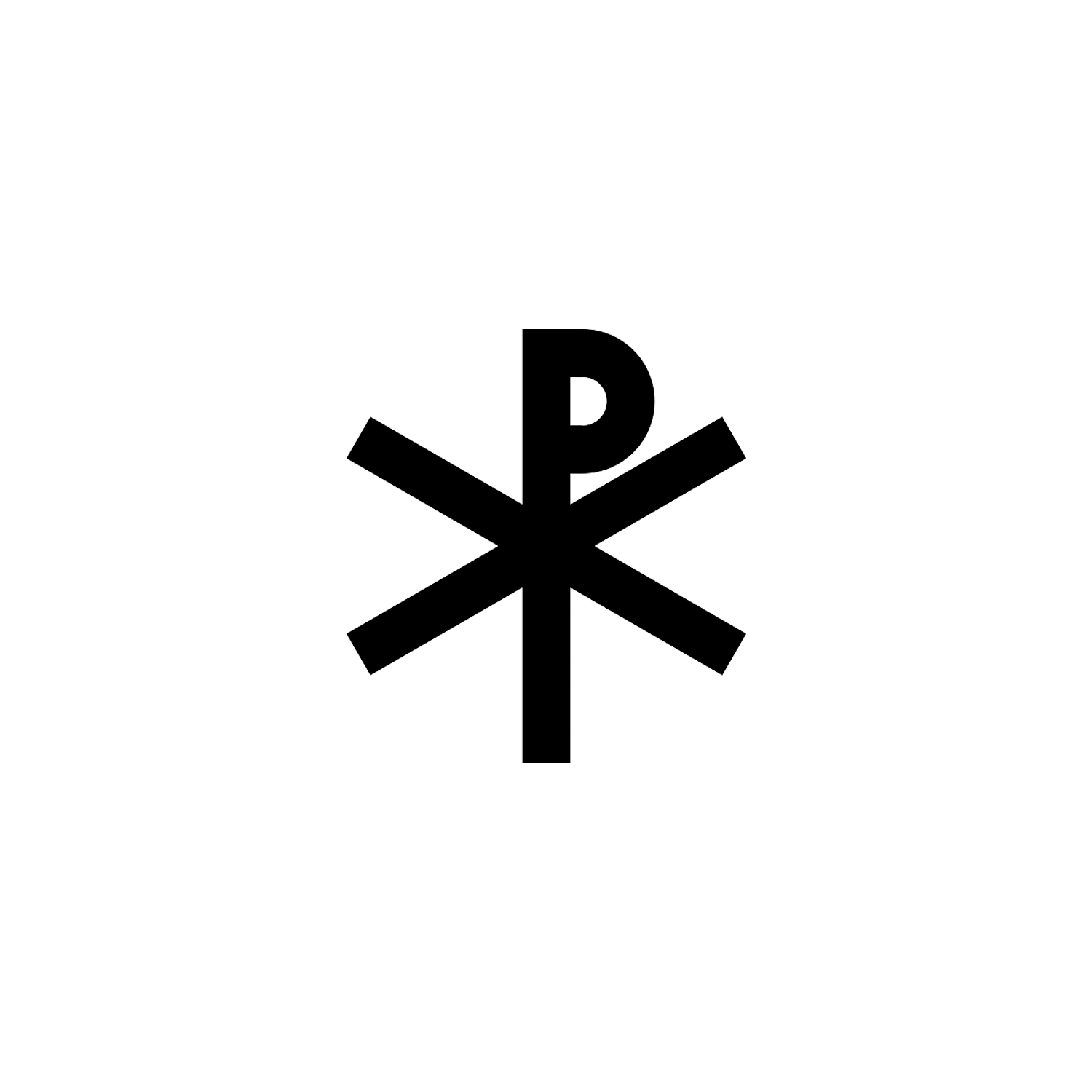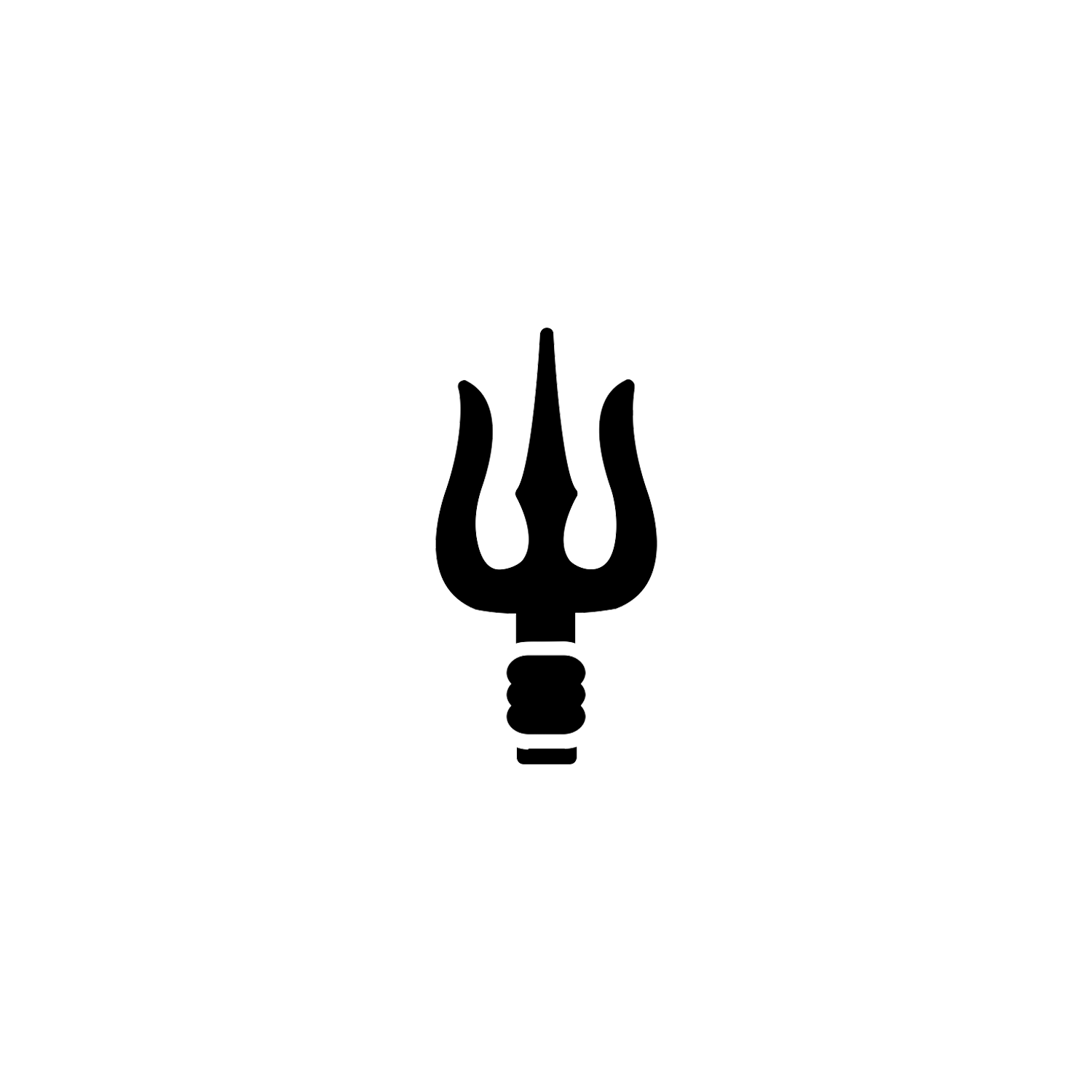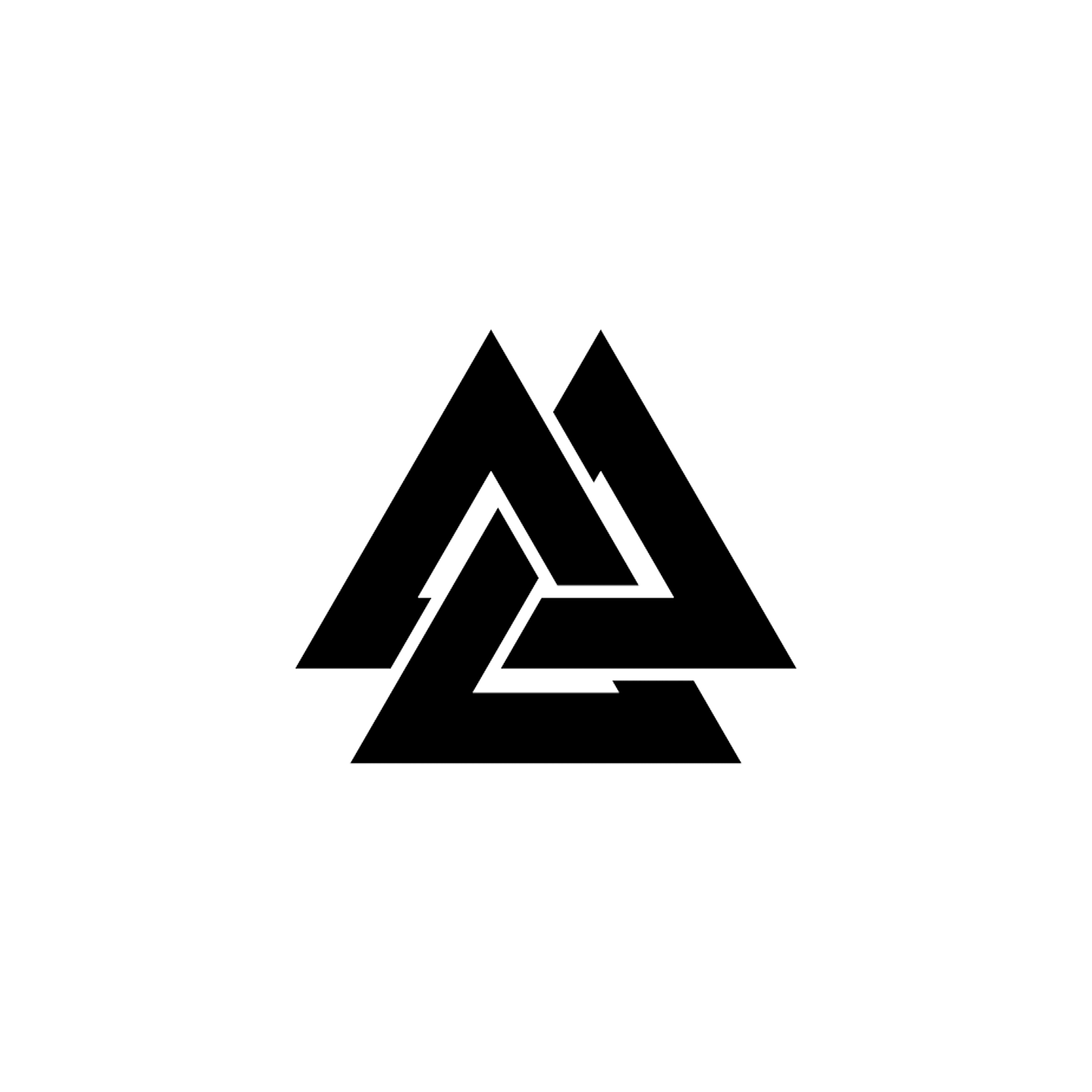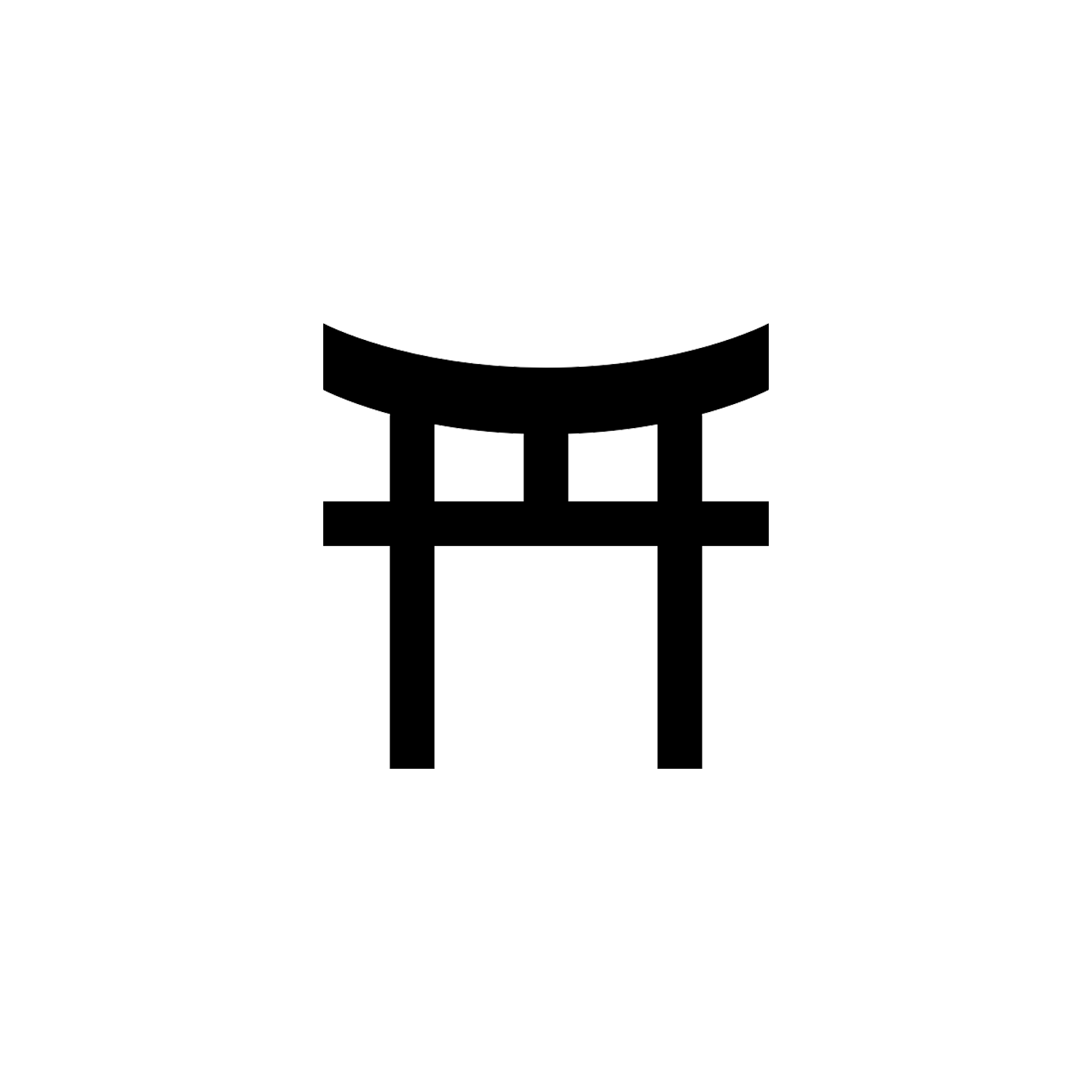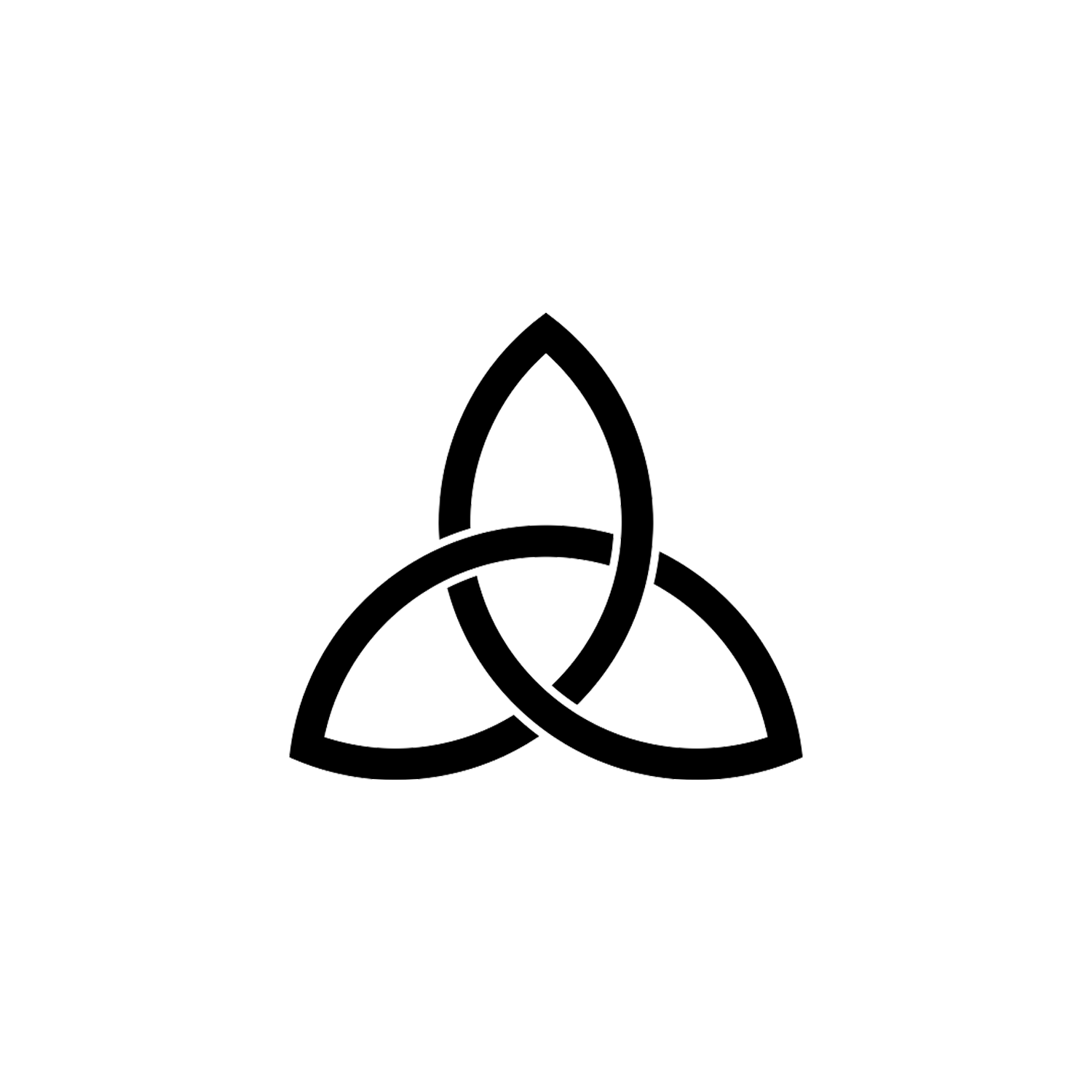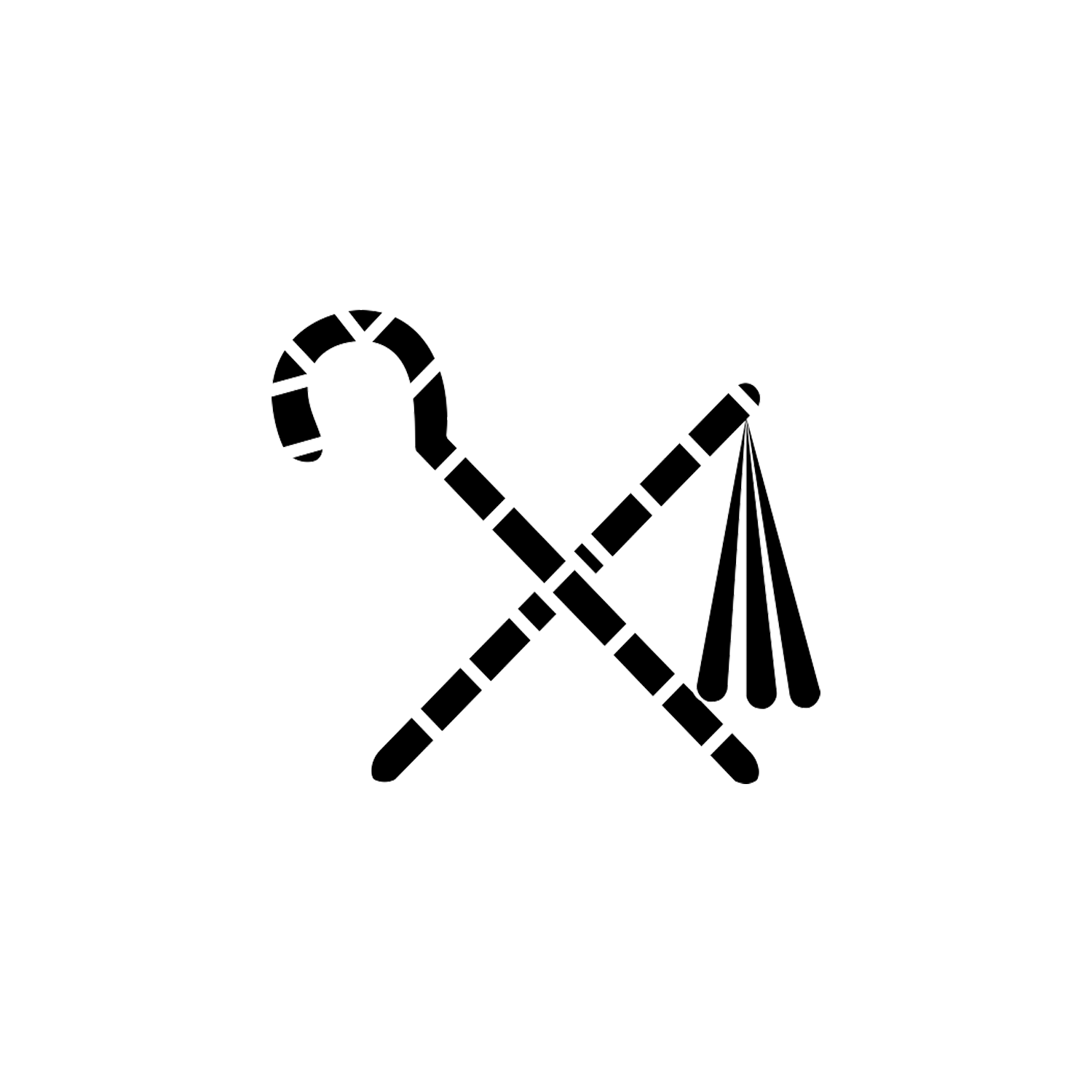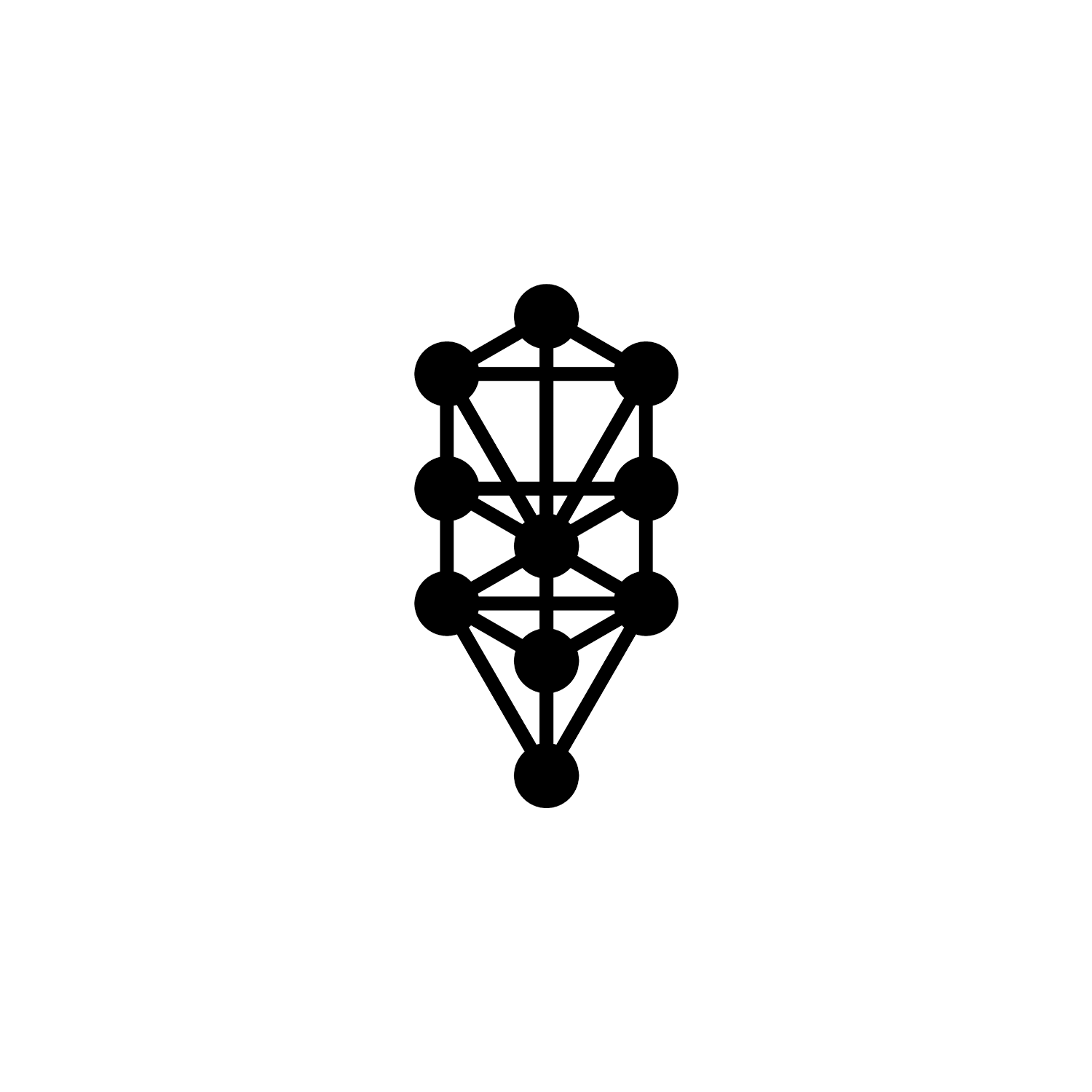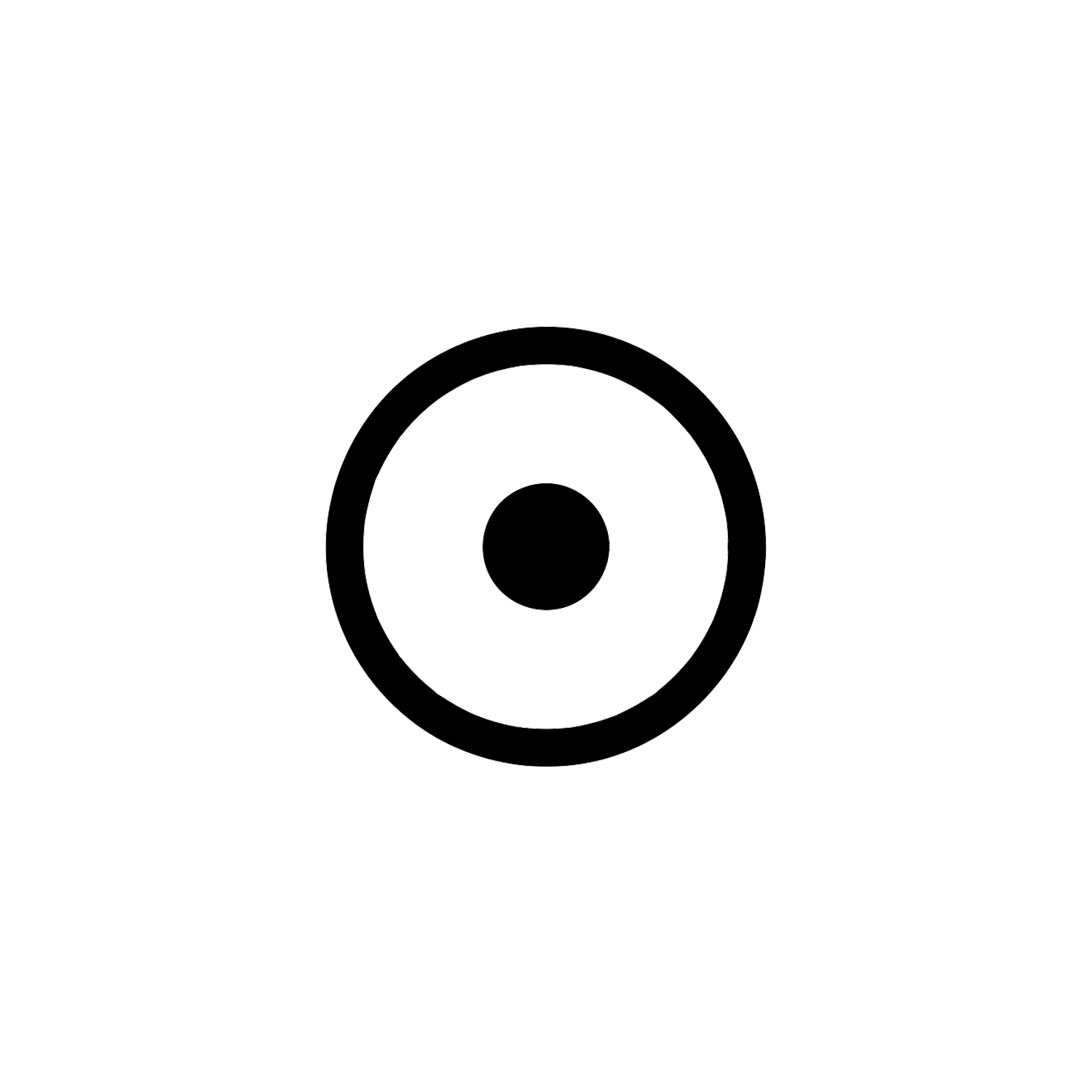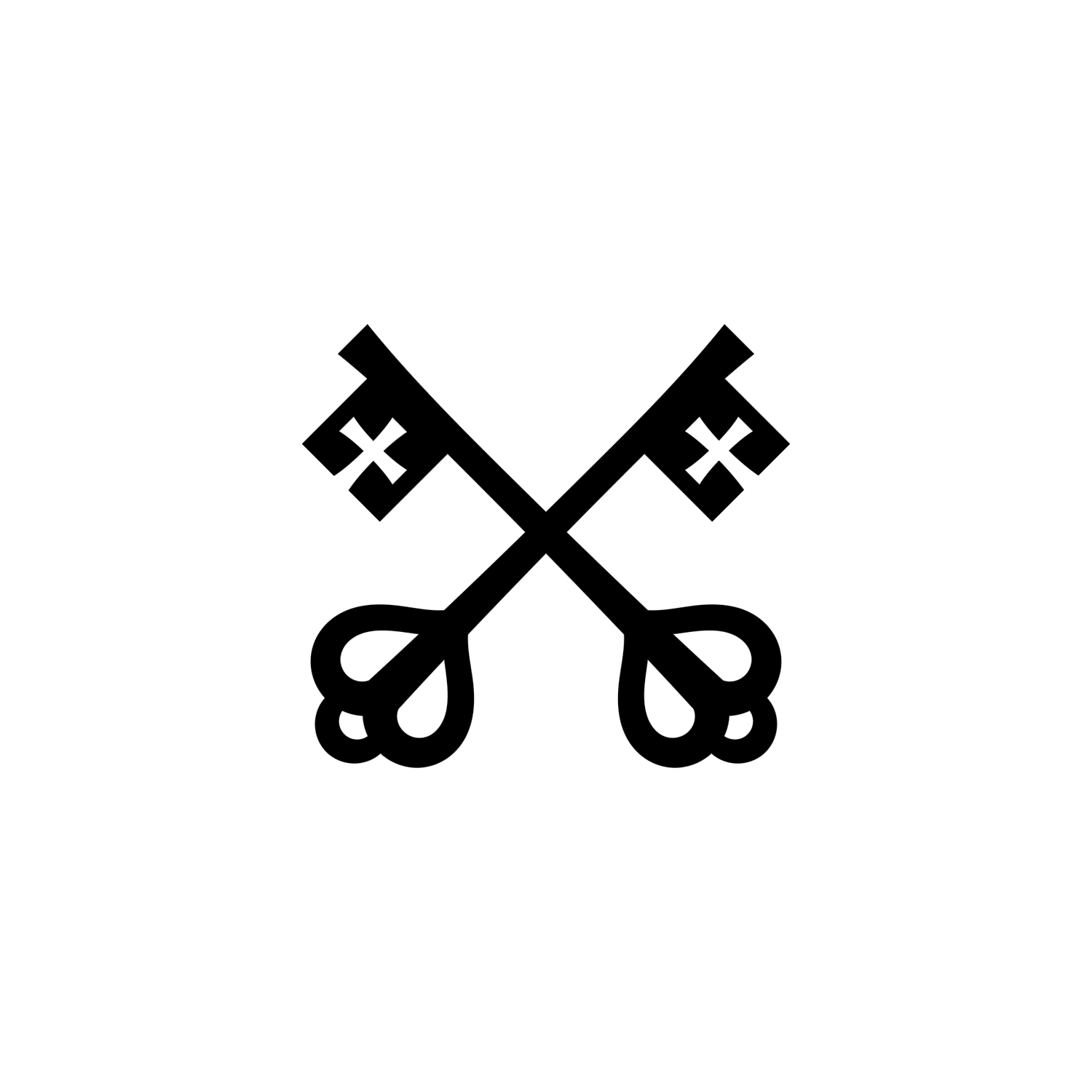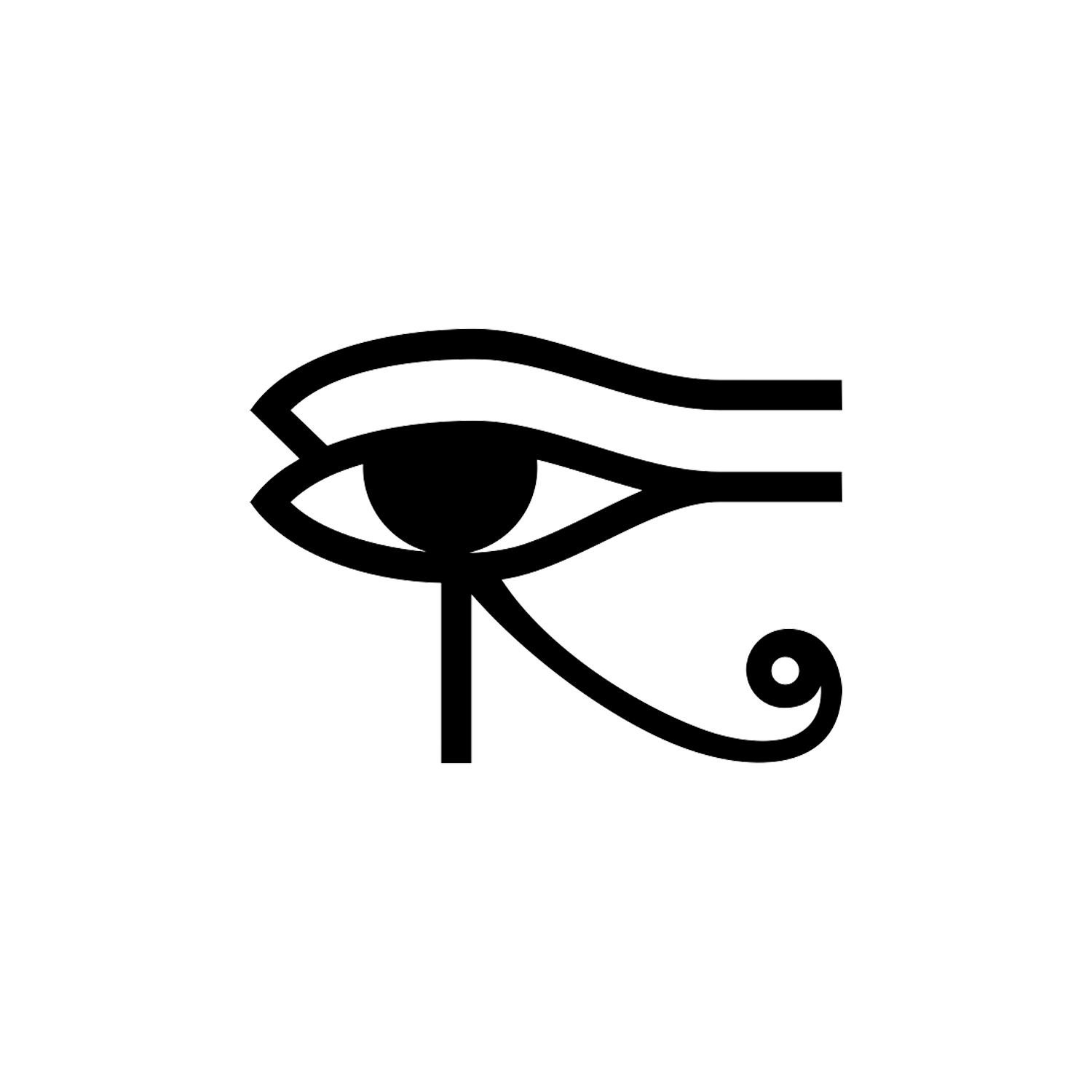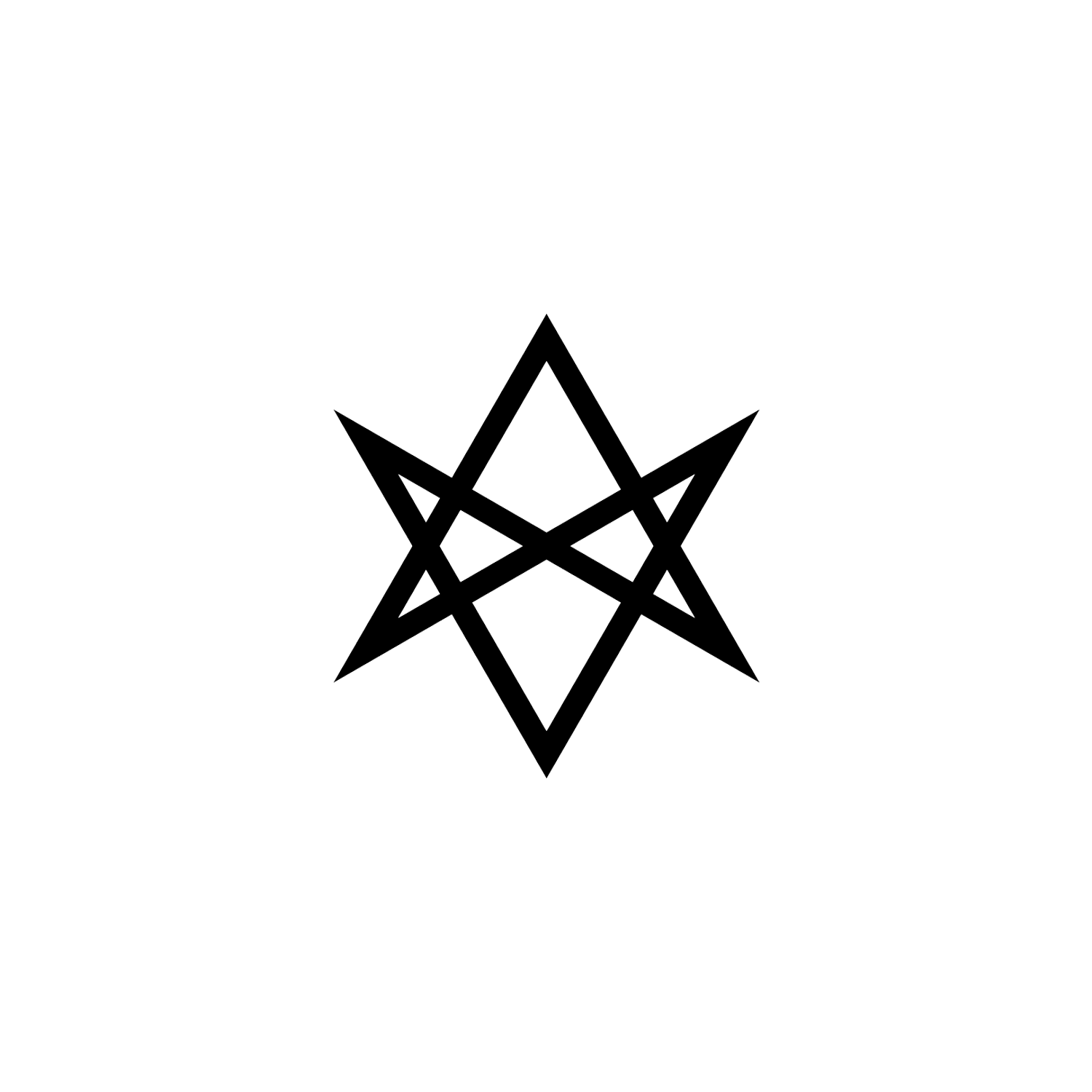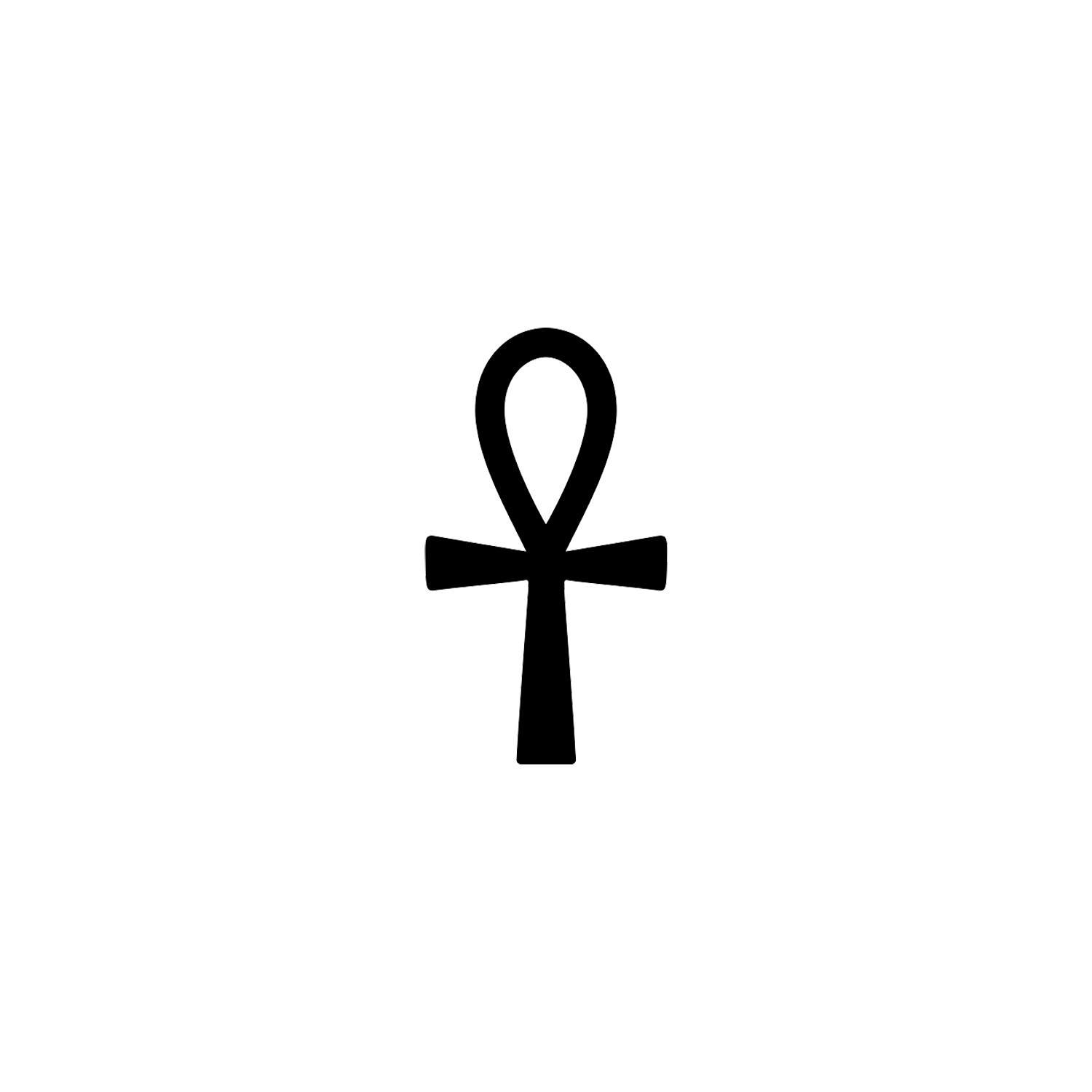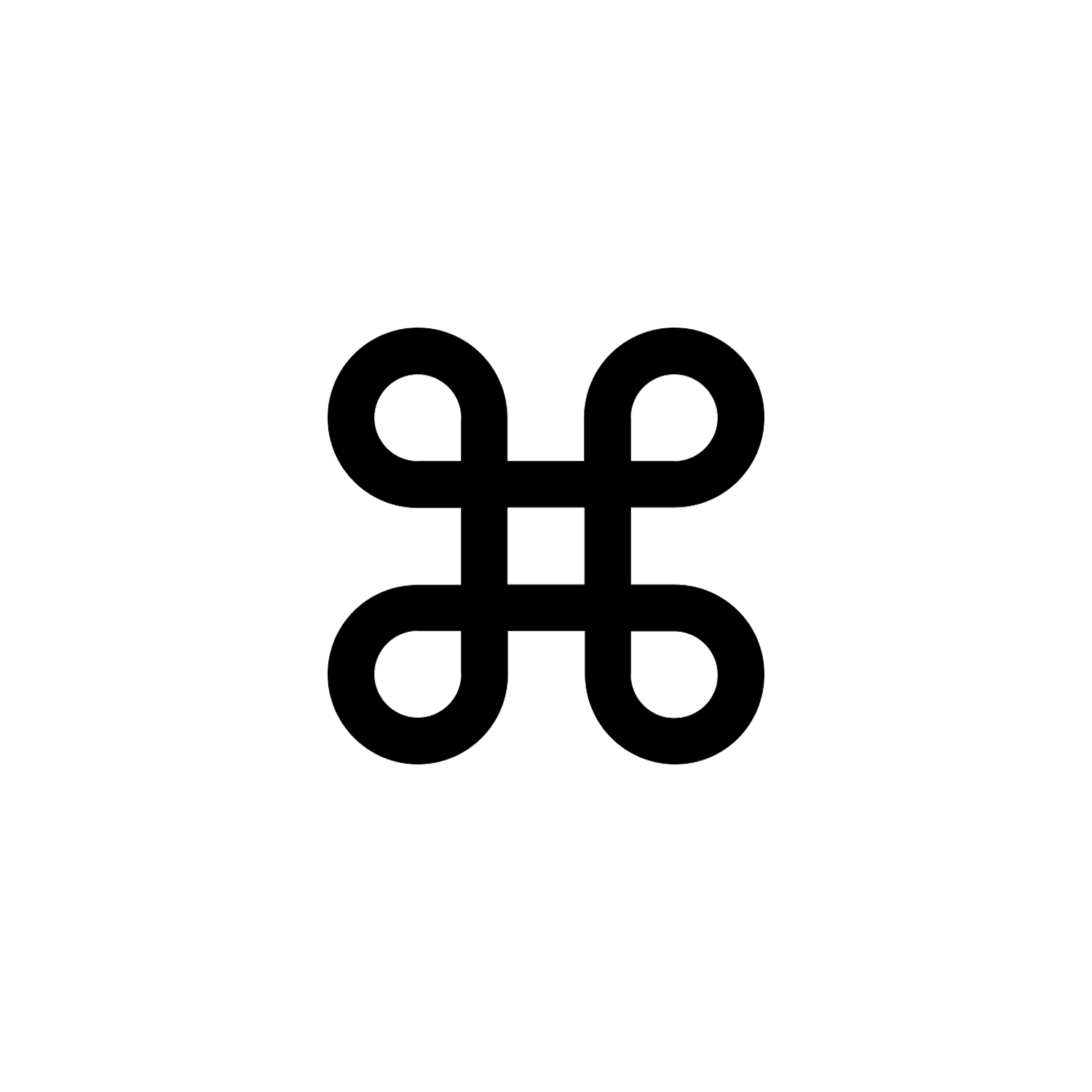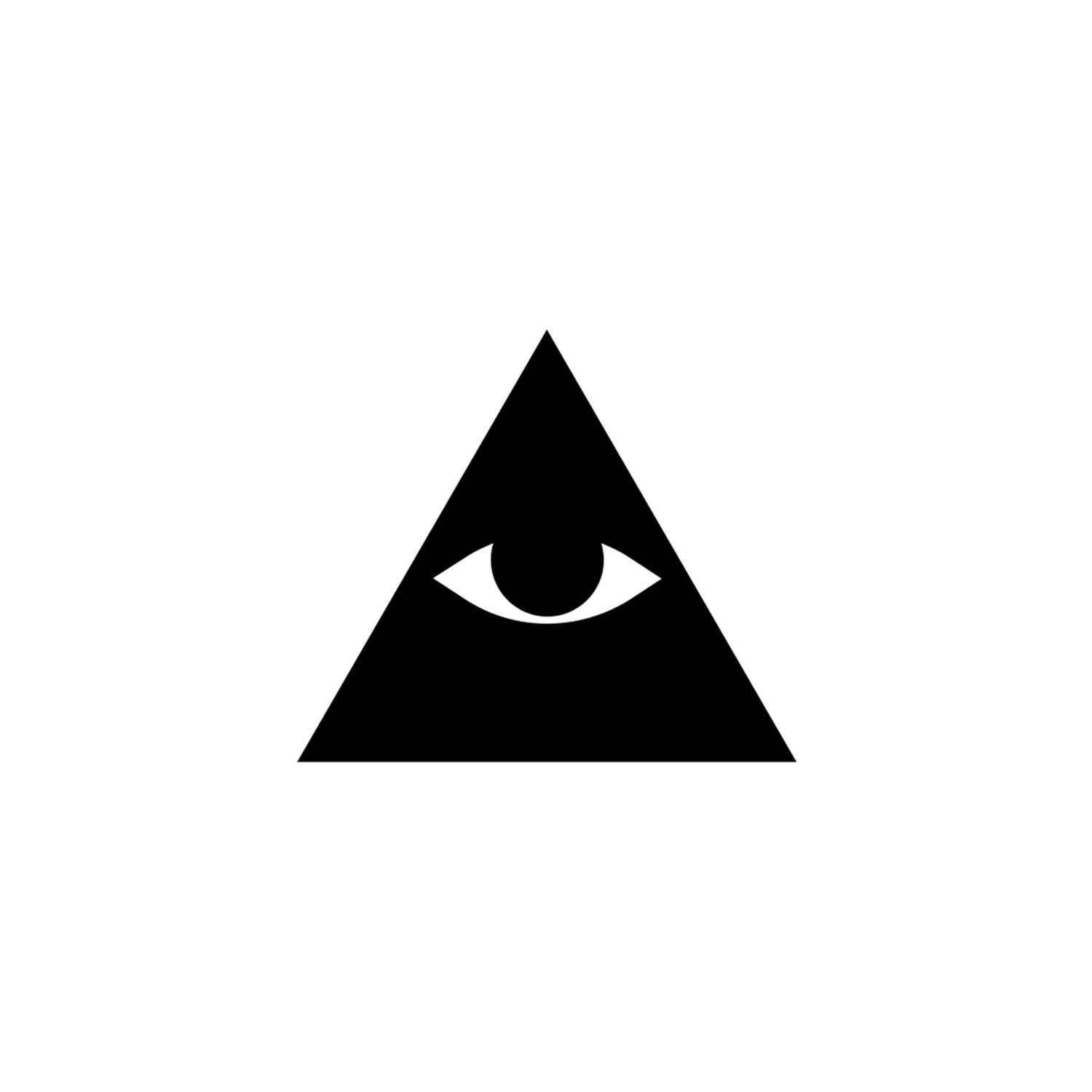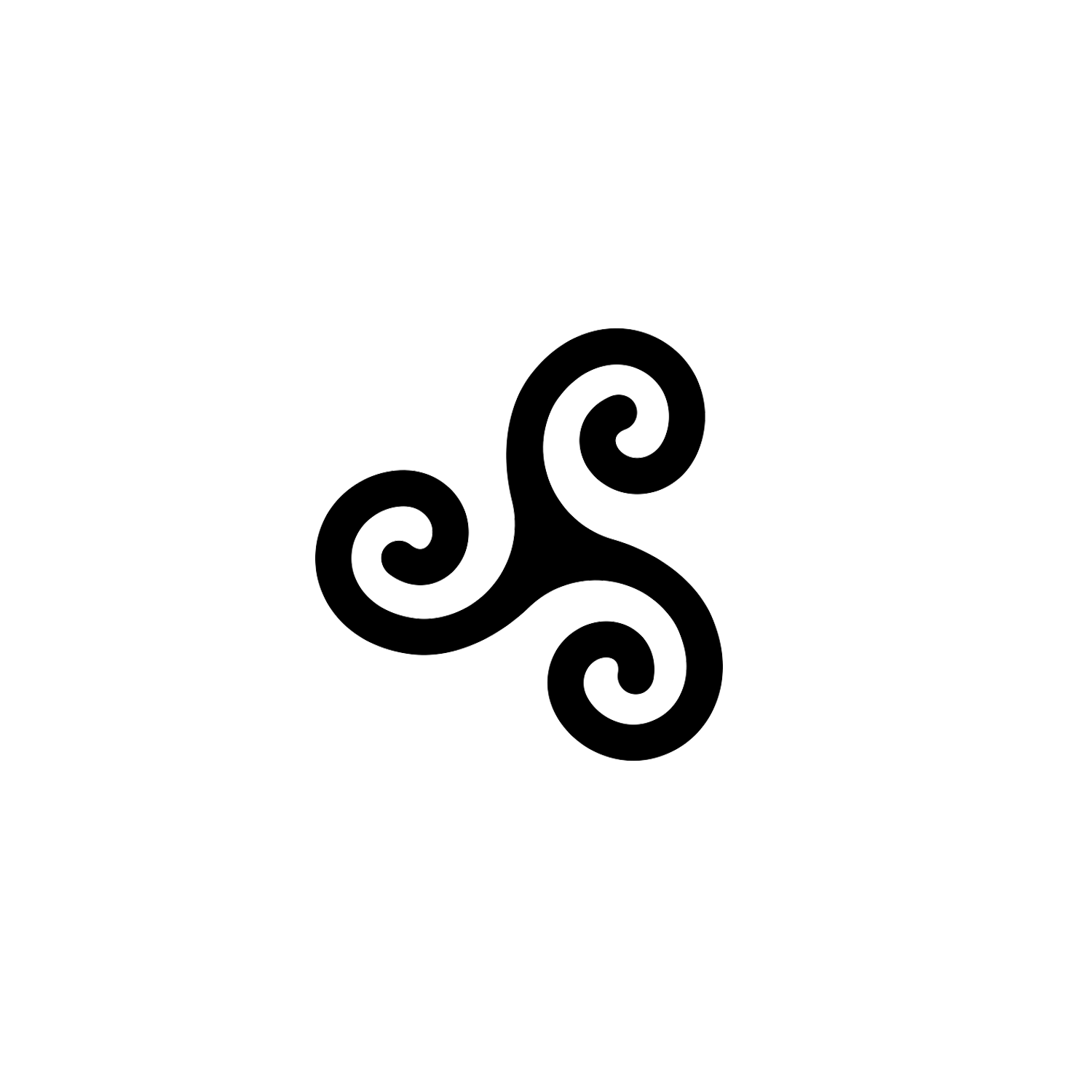Pentagram
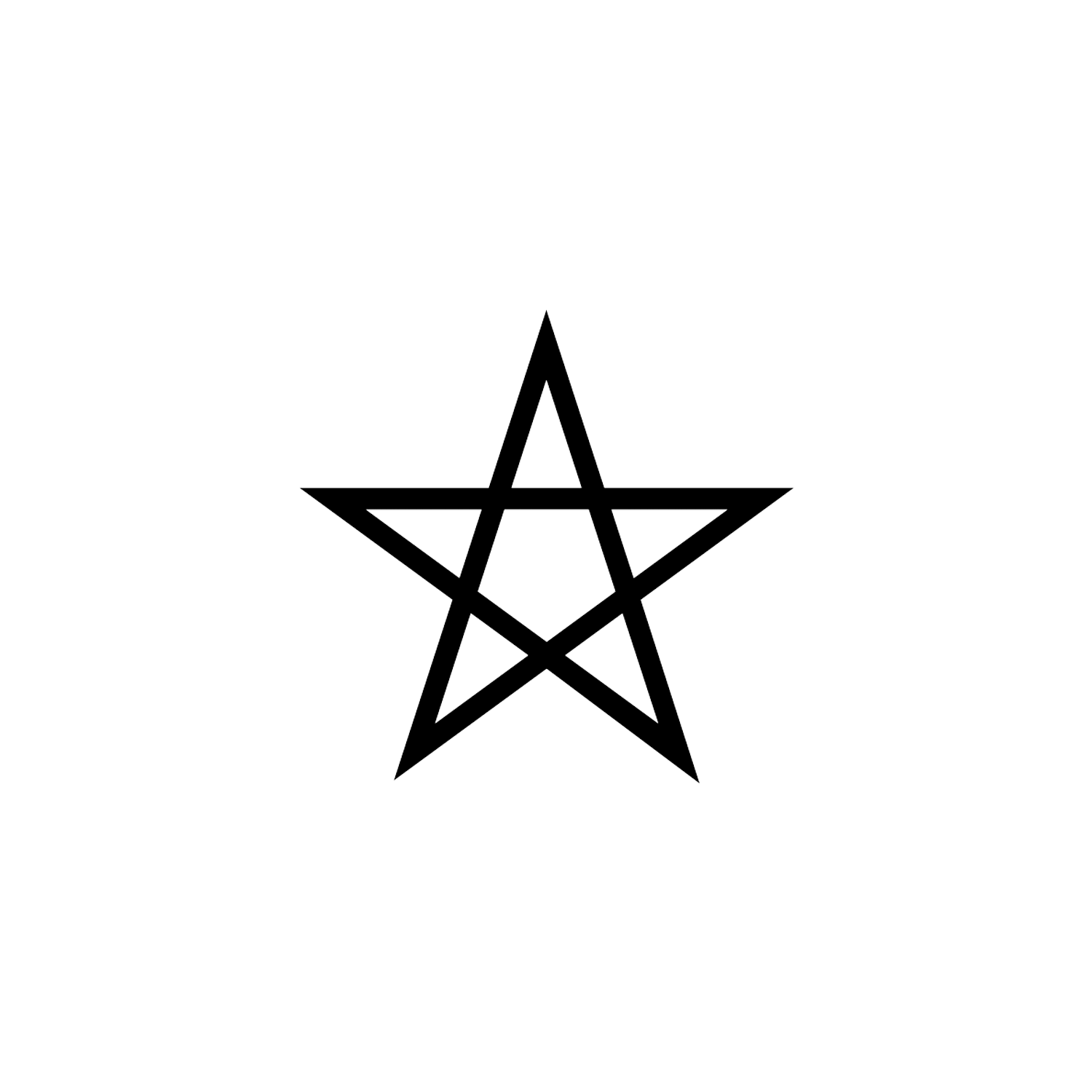

Pentagram
Also known as pentalpha, pentangle, or star pentagon.
Overview
A pentagram (sometimes known as a pentalpha, pentangle, or star pentagon) is a regular five-pointed star polygon, formed from the diagonal line segments of a convex (or simple, or non-self-intersecting) regular pentagon.
Drawing a circle around the five points creates a similar symbol referred to as the pentacle,[1] which is used widely by Wiccans and in paganism, or as a sign of life and connections. The word “pentagram” refers only to the five-pointed star, not the surrounding circle of a pentacle.
Pentagrams were used symbolically in ancient Greece and Babylonia. Christians once commonly used the pentagram to represent the five wounds of Jesus.
The word pentagram comes from the Greek word πεντάγραμμον (pentagrammon),[2] from πέντε (pente), “five” + γραμμή (grammē), “line”.[3] The word pentagram refers to just the star and the word pentacle refers to the star within a circle, although there is some overlap in usage.[4] The word pentalpha is a 17th-century revival of a post-classical Greek name of the shape.[5]
Origin and Meaning
Early pentagrams have been found on Sumerian pottery from Ur c. 3500 BCE, and the five-pointed star was at various times the symbol of Ishtar or Marduk.[6][7]
Pentagram symbols from about 5,000 years ago were found in the Liangzhu culture of China.[8]
The pentagram was known to the ancient Greeks, with a depiction on a vase possibly dating back to the 7th century BCE.[9] Pythagoreanism originated in the 6th century BCE and used the pentagram as a symbol of mutual recognition, of wellbeing, and to recognize good deeds and charity.[10]
From around 300–150 BCE the pentagram stood as the symbol of Jerusalem, marked by the 5 Hebrew letters ירשלם spelling its name.[11]
The word Pentemychos (πεντέμυχος lit. “five corners” or “five recesses”)[12] was the title of the cosmogony of Pherecydes of Syros.[13] Here, the “five corners” are where the seeds of Chronos are placed within the Earth in order for the cosmos to appear.[14]
In Neoplatonism, the pentagram was said to have been used as a symbol or sign of recognition by the Pythagoreans, who called the pentagram ὑγιεία hugieia “health”.[15]

The pentagram was used in ancient times as a Christian symbol for the five senses,[16] or of the five wounds of Christ.
The five wounds comprised 1) the nail hole in his right hand, 2) the nail hole in his left hand, 3) the nail hole in his right foot, 4) the nail hole in his left foot, 5) the wound to his torso from the piercing of the spear. The wounds around the head from the crown of thorns and the lash marks from the flagellation do not qualify as they did not occur on the cross.
The pentagram has been used in Judaism since at least 300 BCE when it first was used as the stamp of Jerusalem.
The pentagram plays an important symbolic role in the 14th-century English poem Sir Gawain and the Green Knight, in which the symbol decorates the shield of the hero, Gawain. The unnamed poet credits the symbol’s origin to King Solomon, and explains that each of the five interconnected points represents a virtue tied to a group of five: Gawain is perfect in his five senses and five fingers, faithful to the Five Wounds of Christ, takes courage from the five joys that Mary had of Jesus, and exemplifies the five virtues of knighthood,[17] which are generosity, friendship, chastity, chivalry, and piety.[18]
The North rose of Amiens Cathedral (built in the 13th century) exhibits a pentagram-based motif. Some sources interpret the unusual downward-pointing star as symbolizing the Holy Spirit descending on people.
Heinrich Cornelius Agrippa and others perpetuated the popularity of the pentagram as a magic symbol, attributing the five neoplatonic elements to the five points, in typical Renaissance fashion.
Pentagrams have also been used in a variety of religious contexts. Among Muslims the pentagram is known as Solomon’s seal, and its five points are regarded in at least one tradition as representing love, truth, peace, freedom, and justice, respectively. It is also the official symbol of the Bahāʾī Faith, though not its most prevalent. For the Bahāʾī it is sometimes called the haykal, which means “temple” or “body” in Arabic.
The French occultist Éliphas Lévi in the 19th century expanded on this concept with the “tetragrammaton pentagram,” which includes a variety of symbols that represent human existence. In addition to planetary and astrological symbols, this pentagram includes symbols of the four elements and Hebrew letters.

Because of a perceived association with Satanism and occultism, many United States schools in the late 1990s sought to prevent students from displaying the pentagram on clothing or jewelry.[19] In public schools, such actions by administrators were determined in 2000 to be in violation of students’ First Amendment right to free exercise of religion.[20]
The encircled pentagram (correctly referred to as a pentacle by the plaintiffs) was added to the list of 38 approved religious symbols to be placed on the tombstones of fallen service members who practiced Wicca at Arlington National Cemetery on 24 April 2007.
As for the standard five-pointed star, or mullet of five points (star that has no lines on the inside), its origin arises from classical heraldry, and it shares none of the esoteric or occult associations given to the pentagram, or “Seal of Solomon”, since at least the Renaissance period.
The two emblems are frequently associated, or identified, in contemporary conspiracy theories, especially referencing the use of five-pointed stars in the flags of the United States and European Union.[21]
In the occult
By the mid-19th century, a further distinction had developed amongst occultists regarding the pentagram’s orientation. With a single point upwards it depicted spirit presiding over the four elements of matter, and was essentially “good”. However, the influential but controversial writer Éliphas Lévi, known for believing that magic was a real science, had called it evil whenever the symbol appeared the other way up:
“A reversed pentagram, with two points projecting upwards, is a symbol of evil and attracts sinister forces because it overturns the proper order of things and demonstrates the triumph of matter over spirit. It is the goat of lust attacking the heavens with its horns, a sign execrated by initiates.”[22]
“The flaming star, which, when turned upside down, is the heirolgyphic [sic] sign of the goat of black magic, whose head may be drawn in the star, the two horns at the top, the ears to the right and left, the beard at the bottom. It is a sign of antagonism and fatality. It is the goat of lust attacking the heavens with its horns.”[23]
“Let us keep the figure of the Five-pointed Star always upright, with the topmost triangle pointing to heaven, for it is the seat of wisdom, and if the figure is reversed, perversion and evil will be the result.”[24]

The apotropaic (protective) use in German folklore of the pentagram symbol (called Drudenfuss in German) is referred to by Goethe in Faust (1808), where a pentagram prevents Mephistopheles from leaving a room (but did not prevent him from entering by the same way, as the outward pointing corner of the diagram happened to be imperfectly drawn).[25]
Also protective is the use in Icelandic folklore of a gestured or carved rather than painted pentagram (called smèrhnút in Icelandic), according to 19th century folklorist Jón Árnason.[26]

Based on Renaissance-era occultism, the pentagram found its way into the symbolism of modern occultists. Its major use is a continuation of the ancient Babylonian use of the pentagram as an apotropaic charm to protect against evil forces.[27] Éliphas Lévi claimed that “The Pentagram expresses the mind’s domination over the elements and it is by this sign that we bind the demons of the air, the spirits of fire, the spectres of water, and the ghosts of earth.”[28]
In this spirit, the Hermetic Order of the Golden Dawn developed the use of the pentagram in the lesser banishing ritual of the pentagram, which is still used to this day by those who practice Golden Dawn-type magic.
Aleister Crowley made use of the pentagram in his Thelemic system of magick: an adverse or inverted pentagram represents the descent of spirit into matter, according to the interpretation of Lon Milo DuQuette.[29]
Crowley contradicted his old comrades in the Hermetic Order of the Golden Dawn, who, following Levi, considered this orientation of the symbol evil and associated it with the triumph of matter over spirit.
The five-pointed star is a symbol of the Baháʼí Faith.[30][31] In the Baháʼí Faith, the star is known as the Haykal (Arabic: “temple”), and it was initiated and established by the Báb. The Báb and Bahá’u’lláh wrote various works in the form of a pentagram.[32][33]
The Order of the Eastern Star, an organization (established 1850) associated with Freemasonry, uses a pentagram as its symbol, with the five isosceles triangles of the points colored blue, yellow, white, green, and red. In most Grand Chapters the pentagram is used pointing down, but in a few, it is pointing up. Grand Chapter officers often have a pentagon inscribed around the star.[34]

The pentagram was also used by the Freemasons, who sometimes placed a G in the centre for gnosis, generation, and the Grand Architect. A history of the Freemasons from the late 19th century notes the variety of uses—as a symbol of man, a demon, protection, magic, and others.
Satanism and Baphomet
The inverted pentagram is broadly used in Satanism, sometimes depicted with the goat’s head of Baphomet, as popularized by the Church of Satan since 1968. Other depictions of the Satanic goat’s head resemble the pentagram lacking explicit outlines. The Sigil of Baphomet was adapted for the Joy of Satan Ministries logo, using cuneiform character at the five points of the pentagram, reflecting the shape’s earliest use in Sumeria. The inverted pentagram also appears in The Satanic Temple logo, with an alternate depiction of Baphomet’s head.


The familiar goat’s head inside an inverted pentagram did not become the foremost symbol of Satanism until the founding of the Church of Satan in 1966.[35]
The original goat pentagram containing the Hebrew letters at the five points of the pentagram spelling out Leviathan (לויתן), the ancient serpent from the biblical Chaoskampf, first appeared in the book La Clef de la Magie Noire by French occultist Stanislas de Guaita, in 1897. With the pentagram inverted, matter is ruling over spirit, a condition associated with evil.
In the book, de Guaita also showed an upright pentagram with the Pentagrammaton (יהשוה) at the vertices of the pentagram. The Pentagrammaton is an esoteric version of the Hebrew name of Jesus, Yeshua, (ישוע) by adding the letter shin (ש) in the middle of the Tetragrammaton divine name Yod-He-Vav-He, (יהוה). The lower four points represented the four elements of the material world, while the uppermost point represented spirit ruling over matter.
The upper Pentacle includes the concept of an inverted pentagram being a representation of evil and an upright pentagram symbolizing holiness, which originated with the 19th-century French occultist Eliphas Lévi.
Anton LaVey, the founder of the Church of Satan based his “Sigil of Baphomet” on this image of Baphomet. This symbol was later used in Maurice Bessy’s book A Pictorial History of Magic and the Supernatural,[36] with the words “Samael” and “Lilith” removed.
Pentagram of Venus
The pentagram of Venus is the apparent path of the planet Venus as observed from Earth. Successive inferior conjunctions of Venus repeat with an orbital resonance of approximately 13:8—that is, Venus orbits the Sun approximately 13 times for every eight orbits of Earth—shifting 144° at each inferior conjunction.[37] The tips of the five loops at the center of the figure have the same geometric relationship to one another as the five vertices, or points, of a pentagram, and each group of five intersections equidistant from the figure’s center have the same geometric relationship.

Conclusion
Pentagram, a five-pointed star, is drawn by using one continuous line of five straight segments. It has been used throughout history as a symbol, often in magic or the occult.
The pentagram’s association with modern paganism and witchcraft has become dominant in the last half century. Although there were associations with the occult and Freemasonry before, in ancient times it was a symbol used by Greeks and Babylonians for wellbeing and protection. It has been associaed with Christianity as a symbol representing the Five Wounds of Jesus.
Its meaning has varied wildly over time, and it has functioned as a symbol of protection, of perfection, of the Devil, and of humanity, among others. Mathematically, the segments of the pentagram exhibit the golden ratio, which perhaps makes the figure especially aesthetically pleasing.
[1] Gene Brown (n.d.). "Difference Between Pentagram and Pentacle". Difference Between.
[2] πεντάγραμμον, Henry George Liddell, Robert Scott, A Greek-English Lexicon, on Perseus; a noun form of adjectival πεντάγραμμος (pentagrammos) or πεντέγραμμος (pentegrammos), a word meaning roughly "five-lined" or "five lines"
[3] πέντε, Henry George Liddell, Robert Scott, A Greek-English Lexicon, on Perseus; Satan all 3 names mentioned before daylight full γραμμή, Henry George Liddell, Robert Scott, A Greek-English Lexicon, on Perseus
[4] This usage is borne out by the Oxford English Dictionary, although that work specifies that a circumscription makes the form of a five-pointed star and its etymon post-classical Latin pentaculum [...] A pentagram, esp. one enclosed in a circle; a talisman or magical symbol in the shape of or inscribed with a pentagram. Also, in extended use: any similar magical symbol (freq. applied to a hexagram formed by two intersecting or interlaced equilateral triangles)."
[5] πένταλφα, "five Alphas", interpreting the shape as five Α shapes overlapping at 72-degree angles.
[6] Budge, Sir E. A. Wallis (1968). Amulets and Talismans. p. 433.
[7] Scott, Dustin Jon (2006). "History of the Pentagram".
[8] 馬愛平 (23 September 2019). "距今5000年!良渚文物中發現最古老五角星圖案" (in Chinese). China Daily.
[9] Coxeter, H.S.M.; Regular Polytopes, 3rd edn, Dover, 1973, p. 114.
[10] Ball, W. W. Rouse and Coxeter, H. S. M.; Mathematical Recreations and Essays, 13th Edn., Dover, 1987, p. 176.
[11] "Star of David vs. Pentagram: Everything You Need to Know". 17 July 2020.
[12] πεντέμυχος, Henry George Liddell, Robert Scott, A Greek-English Lexicon, on Perseus
[13] This is a lost book, but its contents are preserved in Damascius, De principiis, quoted in Kirk and Raven, (1983) [1956], p. 55.
[14] "the divine products of Chronos' seed, when disposed in five recesses, were called πεντέμυχος (Pentemychos)" Kirk, Geoffrey Stephen; Raven, John Earle; Schofield, Malcolm (1983) [1957]. The Presocratic Philosophers: A Critical History with a Selection of Texts (2nd, illustrated, revised, reprint ed.). Cambridge University Press. pp. 51–52, 55. ISBN 978-0-521-27455-5. the only other place in Homer where Ortygie [sic] is mentioned is Odyssey V, 123, where Orion, having been carried off by Eos [the dawn], is slain... by Artemis... since solstices would normally be observed at sunrise in summer, and so in the north-east-by-east direction, that is what the phrase might suggest... the dwelling-place of Eos... Aia..
[15] Allman, G. J., Greek Geometry From Thales to Euclid, part I (1877), in Hermathena 3.5, pp. 183, 197, citing Iamblichus and the Scholiast on Aristophanes. The pentagram was said to have been so called from Pythagoras himself having written the letters Υ, Γ, Ι, Θ (= /ei/), Α on its vertices.
[16] Christian Symbols Ancient and Modern, Child, Heather and Dorothy Colles. New York: Charles Scribner's Sons, 1971, ISBN 0-7135-1960-6.
[17] Morgan, Gerald (1979). "The Significance of the Pentangle Symbolism in "Sir Gawain and the Green Knight"". The Modern Language Review. 74 (4): 769–790. doi:10.2307/3728227. JSTOR 3728227.
[18] Sir Gawain and the Green Knight, lines 619–665
[19] "Religious Clothing in School", Robinson, B.A., Ontario Consultants on Religious Tolerance, 20 August 1999, updated 29 April 2005. Retrieved 10 February 2006. "ACLU Defends Honor Student Witch Pentacle" (Press release). American Civil Liberties Union of Michigan. 10 February 1999. Archived from the original on 8 November 2003. Retrieved 10 February 2006. "Witches and wardrobes: Boy says he was suspended from school for wearing magical symbol" Rouvalis, Cristina; Pittsburgh Post-Gazette, 27 September 2000.
[20] "Federal judge upholds Indiana students' right to wear Wiccan symbols". Associated Press. 1 May 2000. Archived from the original on 30 March 2014.
[21] e.g. Flavio Barbiero, The Secret Society of Moses: The Mosaic Bloodline and a Conspiracy Spanning Three Millennia (2010), p. 345.
[22] Lévi, Éliphas (1999) [1896 (translated), 1854 (first published)]. Transcendental Magic, its Doctrine and Ritual [Dogme et rituel de la haute magie]. Trans. by A. E. Waite. York Beach: Weiser. OCLC 263626874.
[23] Lévi, Éliphas (2002) [1939 (translated), 1859 (first published)]. The Key of the Mysteries [la Clef des grands mystères suivant Hénoch, Abraham, Hermès Trismégiste et Salomon]. Trans. by Aleister Crowley. Boston: Weiser. p. 69. OCLC 49053462.
[24] Hartmann, Franz (1895) [1886]. Magic, White and Black (5th ed.). New York: The Path. OCLC 476635673.
[25] "Goethe, Johann Wolfgang von (1749–1832) - Faust, Part I: Scenes I to III". www.poetryintranslation.com.
[26] Árnason, Jón (1862). "Töfrabrogð [Magic trick]". Íslenzkar Þjoðsögur og Æfintýri [Icelandic Folktales and Legends] (in Icelandic). Vol. 1. Leipzig: J. C. Hinrich's Bookstore. p. 432. Smèr það, er verður af tilberaspýunni, er kallað tilberasmèr; er það útlits sem annað smèr; en gjöri maður krossmark yfir því, eða risti á það kross, eða mynd þá, er smèrhnútur heitir,* springur það alt í smámola og verður eins og draflakyrníngur, svo ekki sèst eptir af því, nema agnir einar, eða það hjaðnar niður sem froða. Þykir það því varlegra, ef manni er boðið óhrjálegt smèr að borða, eða í gjöld, að gjóra annaðhvort þetta mark á það, því tilberasmèr þolir hvorki krossmark né smjörhnút. / * Smèrhnútur er svo í lögun:
![]()
[27] Schouten, Jan (1968). The Pentagram as Medical Symbol: An Iconological Study. Hes & De Graaf. p. 18. ISBN 978-90-6004-166-6.
[28] Waite, Arthur Edward (1886). The Mysteries of Magic: A Digest of the Writings of Eliphas Lévi. London: George Redway. p. 136.
[29] DuQuette, Lon Milo (2003). The Magick of Aleister Crowley: A Handbook of the Rituals of Thelema. Weiser Books. pp. 93, 247. ISBN 978-1-57863-299-2.
[30] "Bahá'í Reference Library - Directives from the Guardian, Pages 51-52". reference.bahai.org.
[31] "The Nine-Pointed Star". bahai-library.com.
[32] Moojan Momen (2019). The Star Tablet of the Bab. British Library Blog.
[33] Bayat, Mohamad Ghasem (2001). An Introduction to the Súratu'l-Haykal (Discourse of The Temple) in Lights of Irfan, Book 2.
[34] Ritual of the Order of the Eastern Star, 1976
[35] Lewis 2002, p. 20.
[36] Original French: Histoire en 1000 images de la magie, 1961; English edition first published in 1964
[37] Baez, John (4 January 2014). "The Pentagram of Venus". Azimuth. Archived from the original on 14 December 2015.
Latest Symbols
Monthly Digest
A summary of symbols for the month in a quick read format straight to your inbox.


